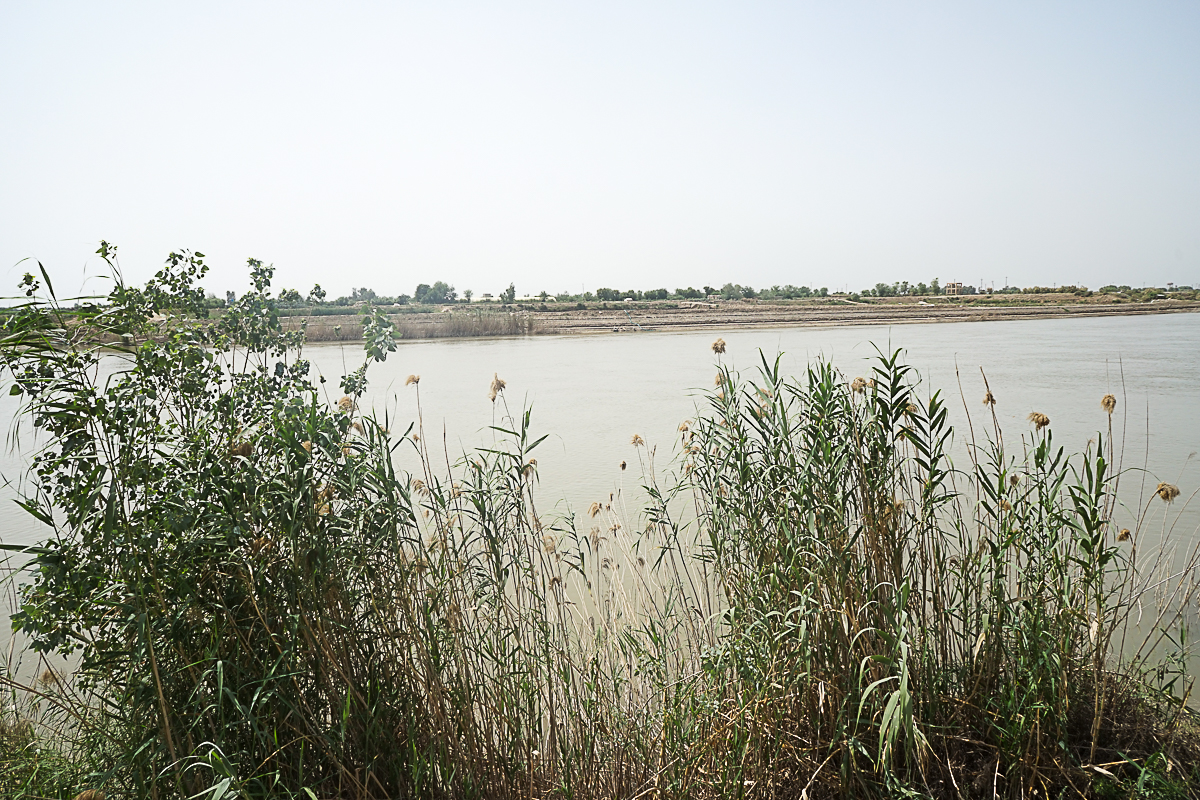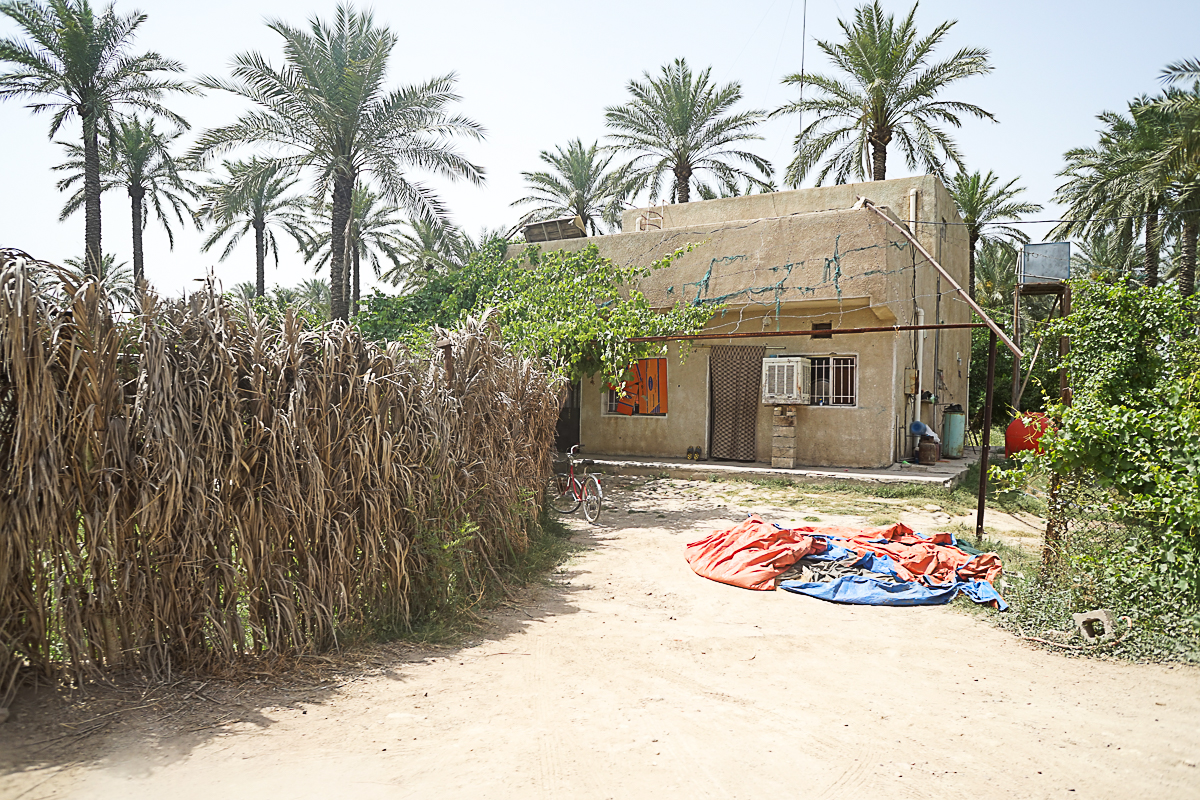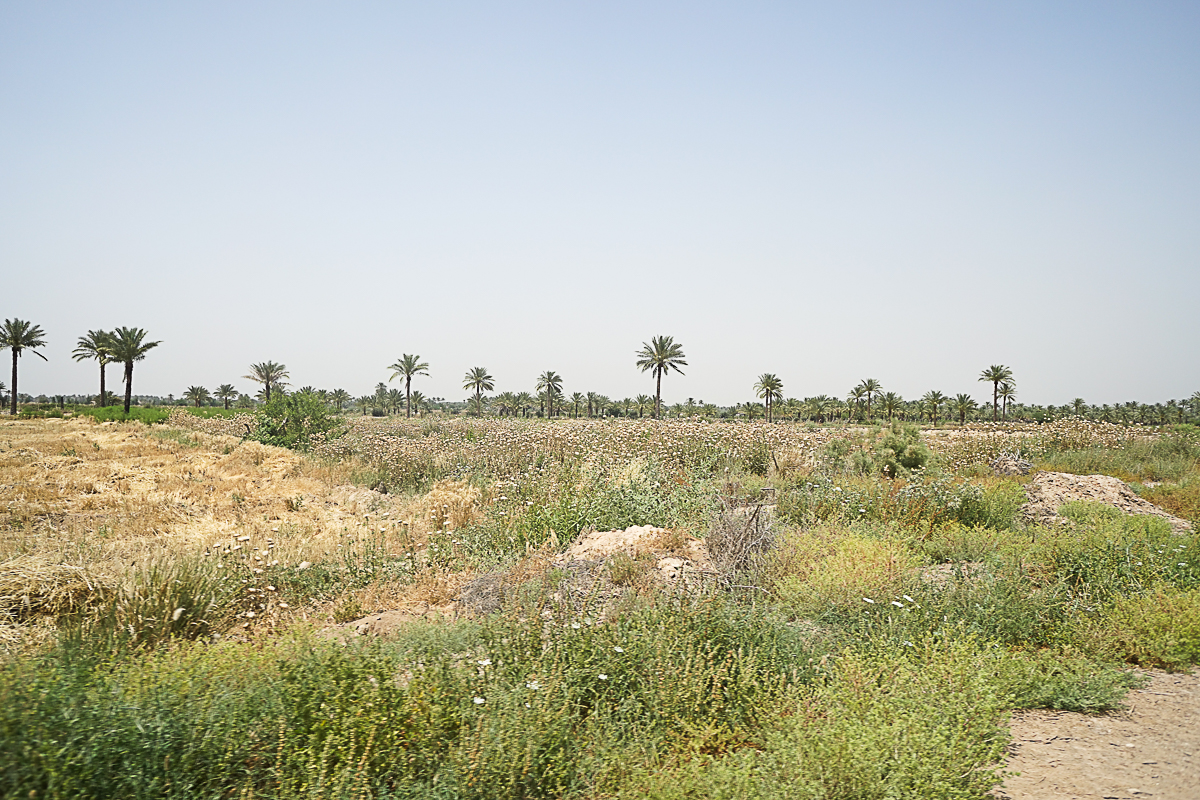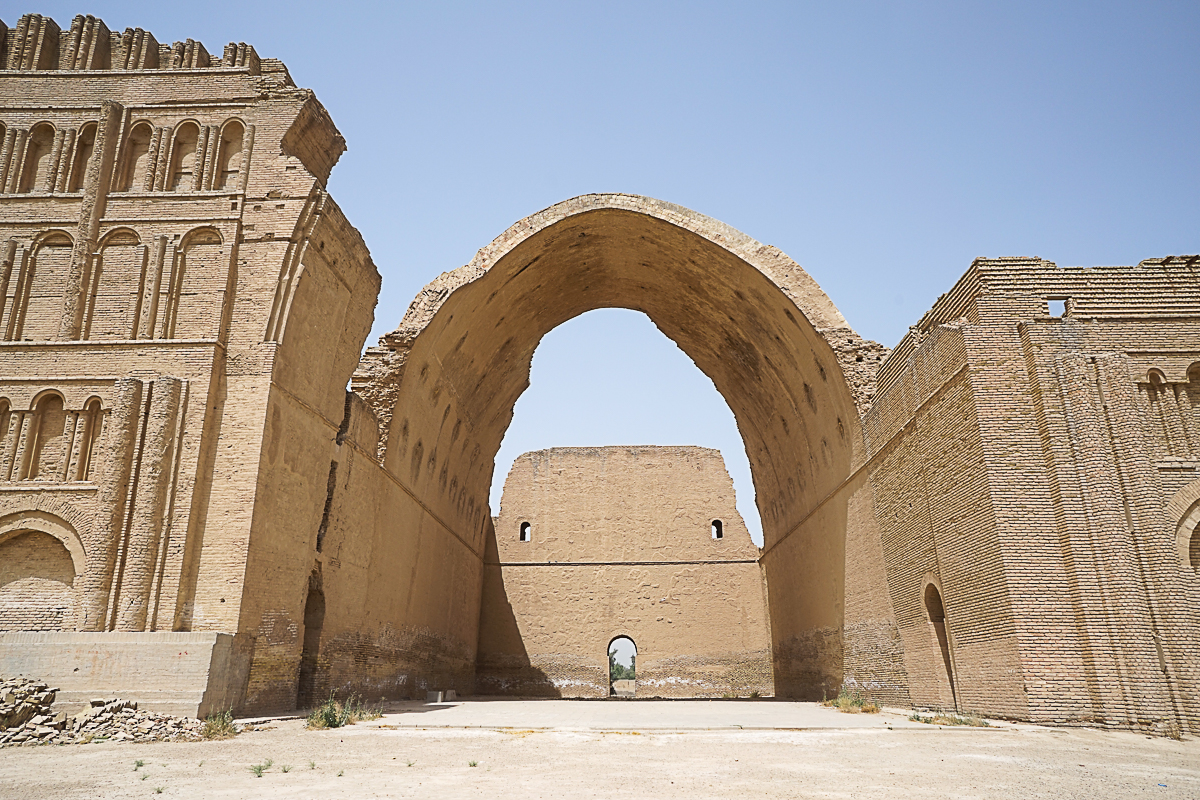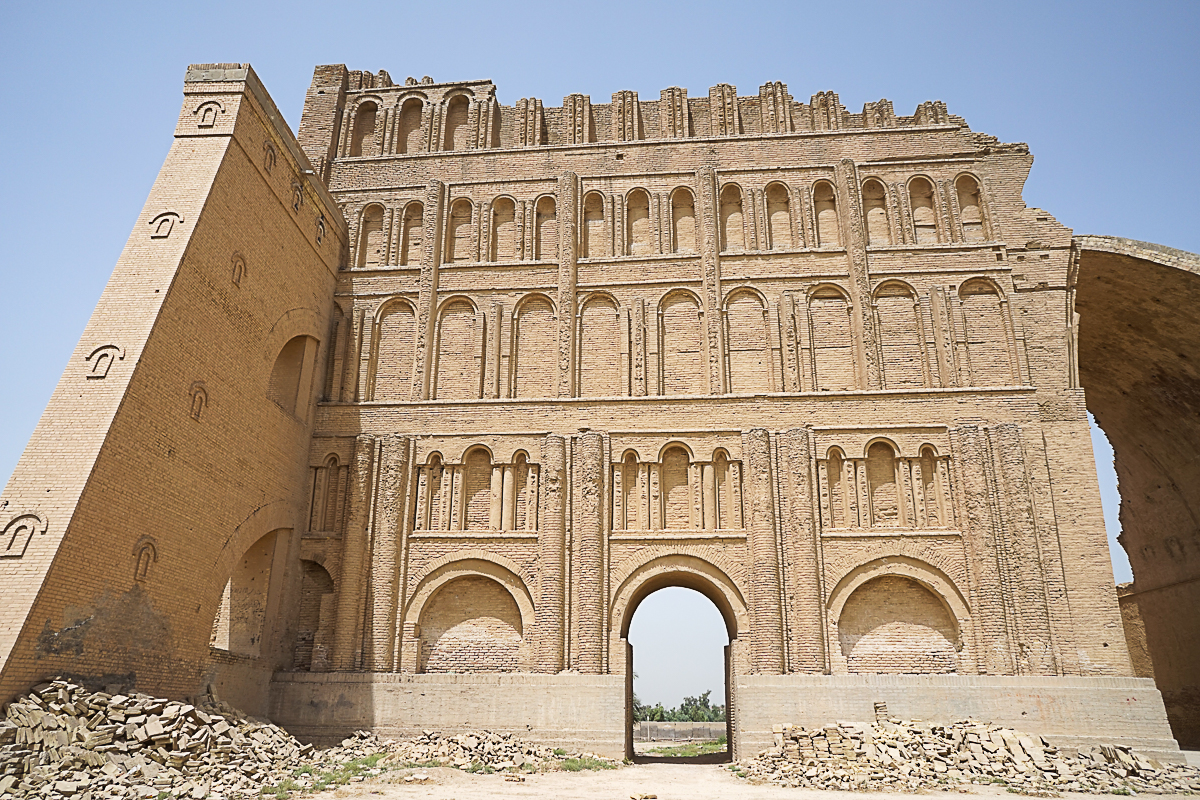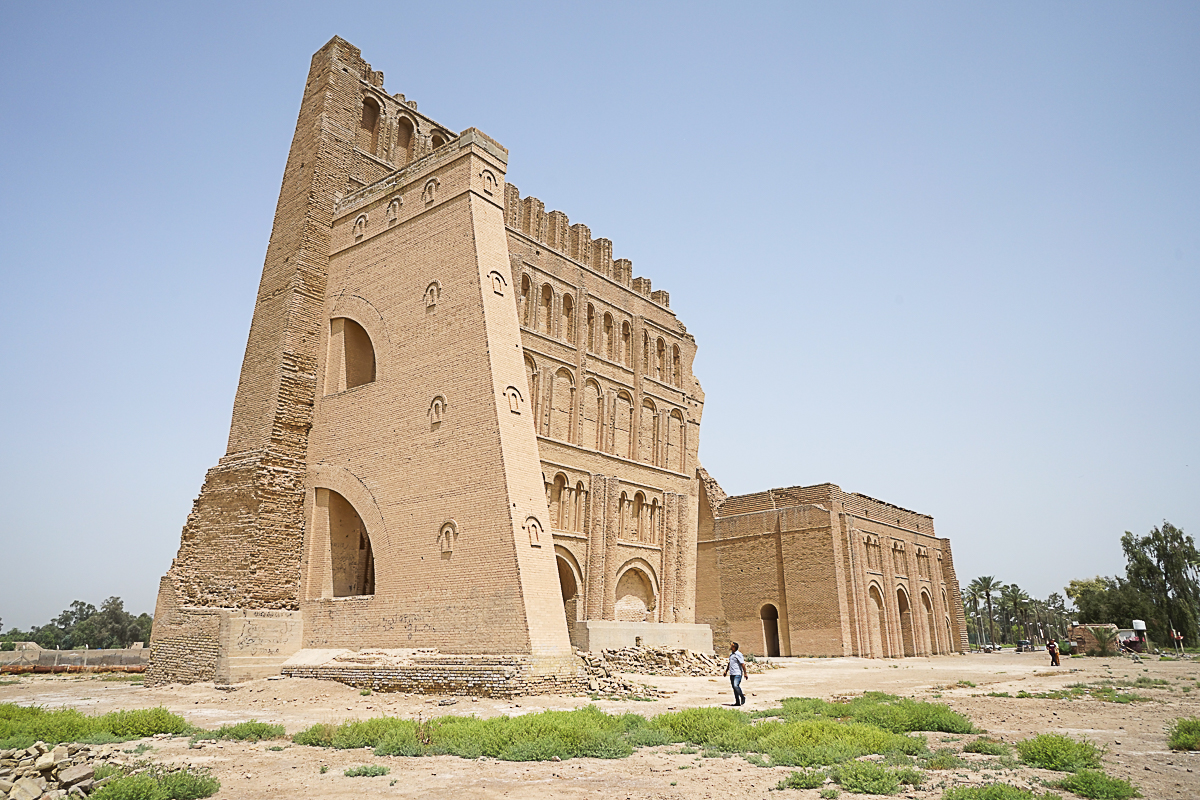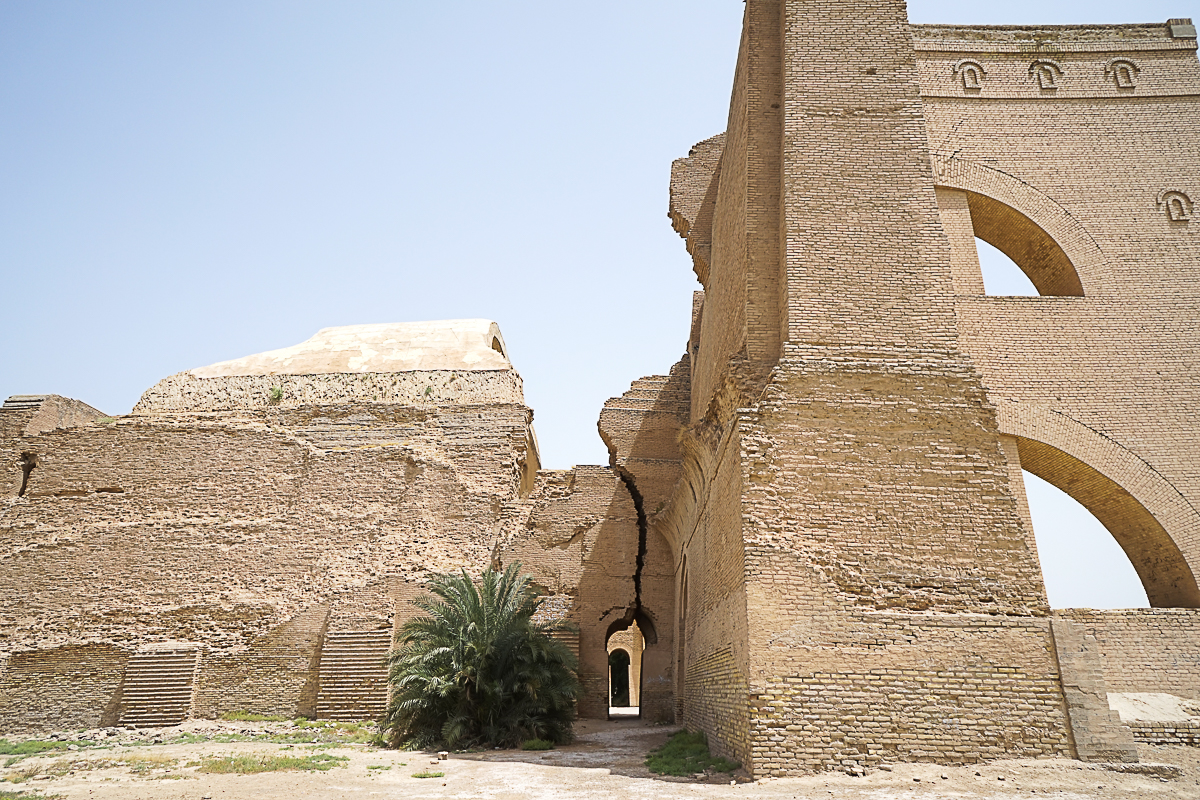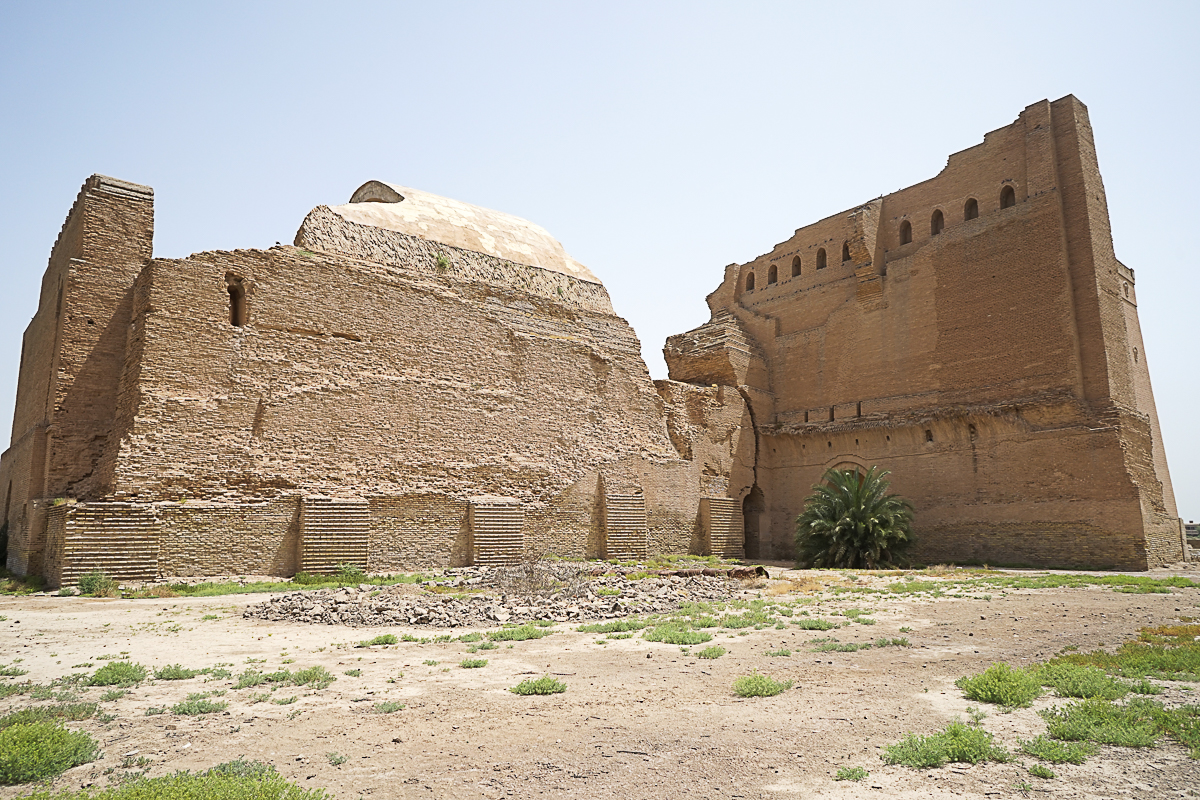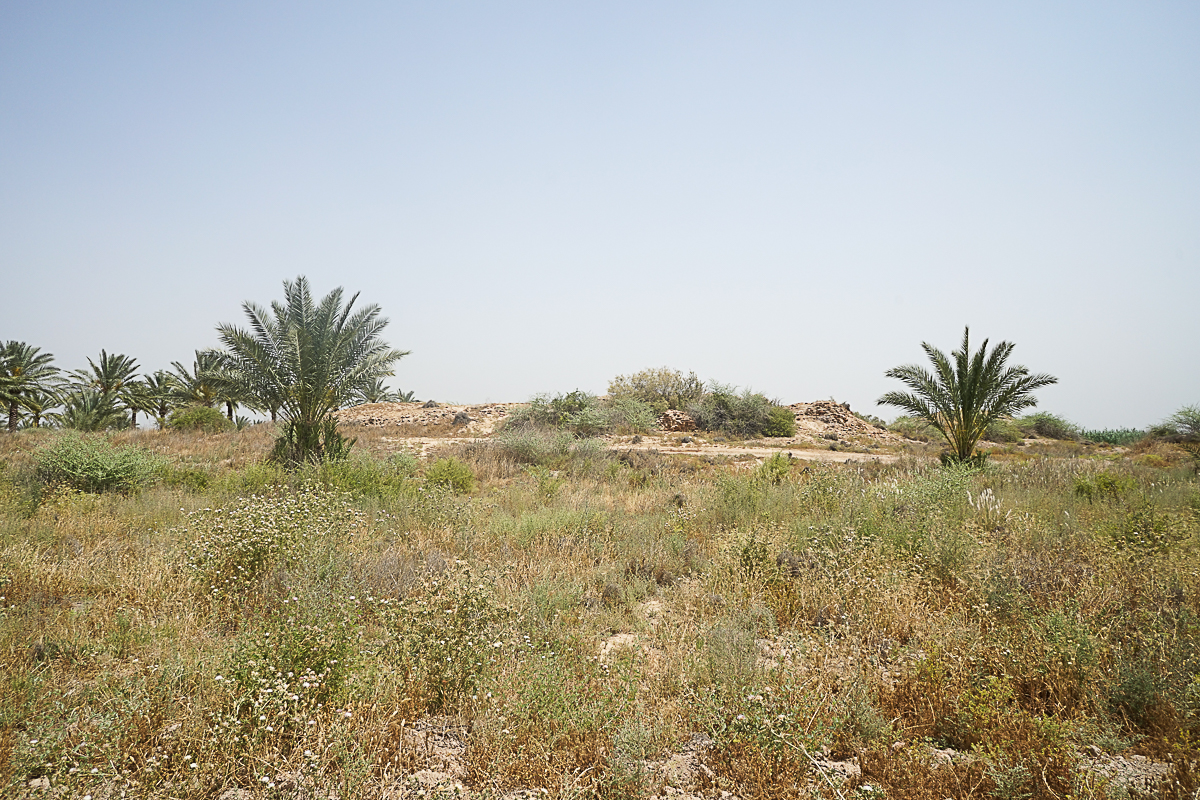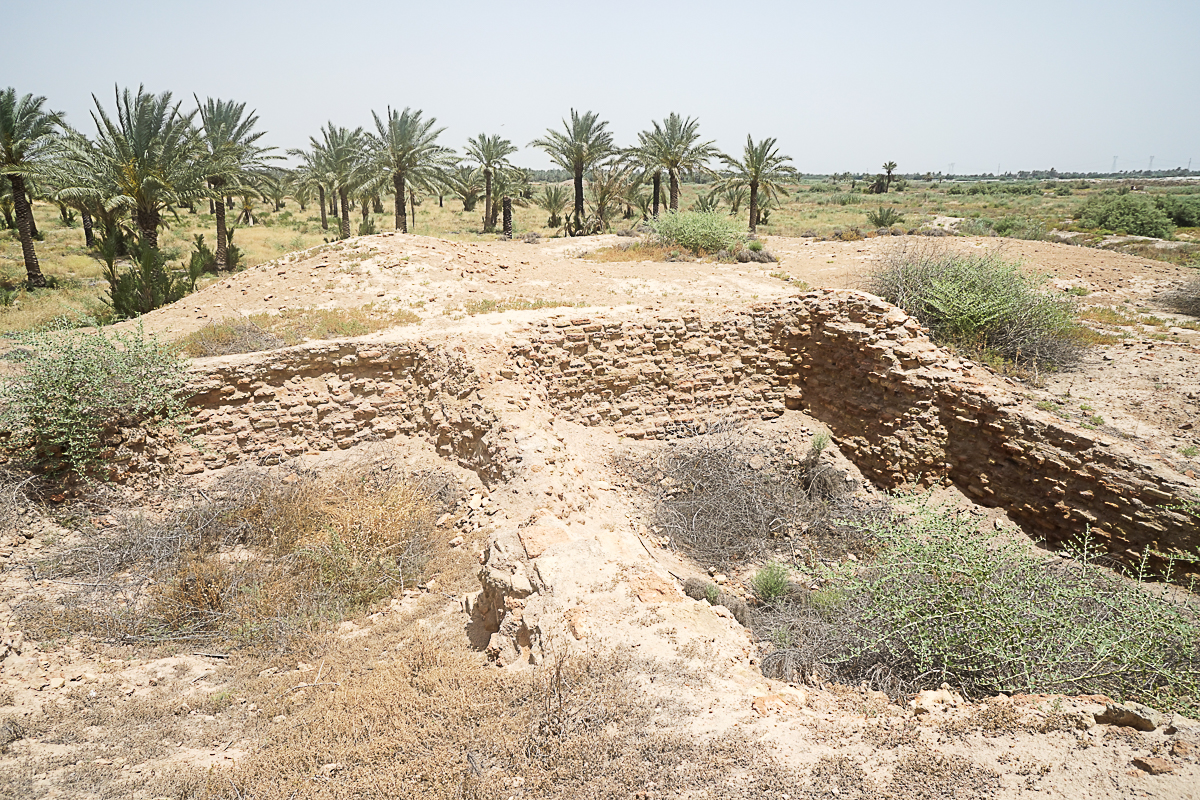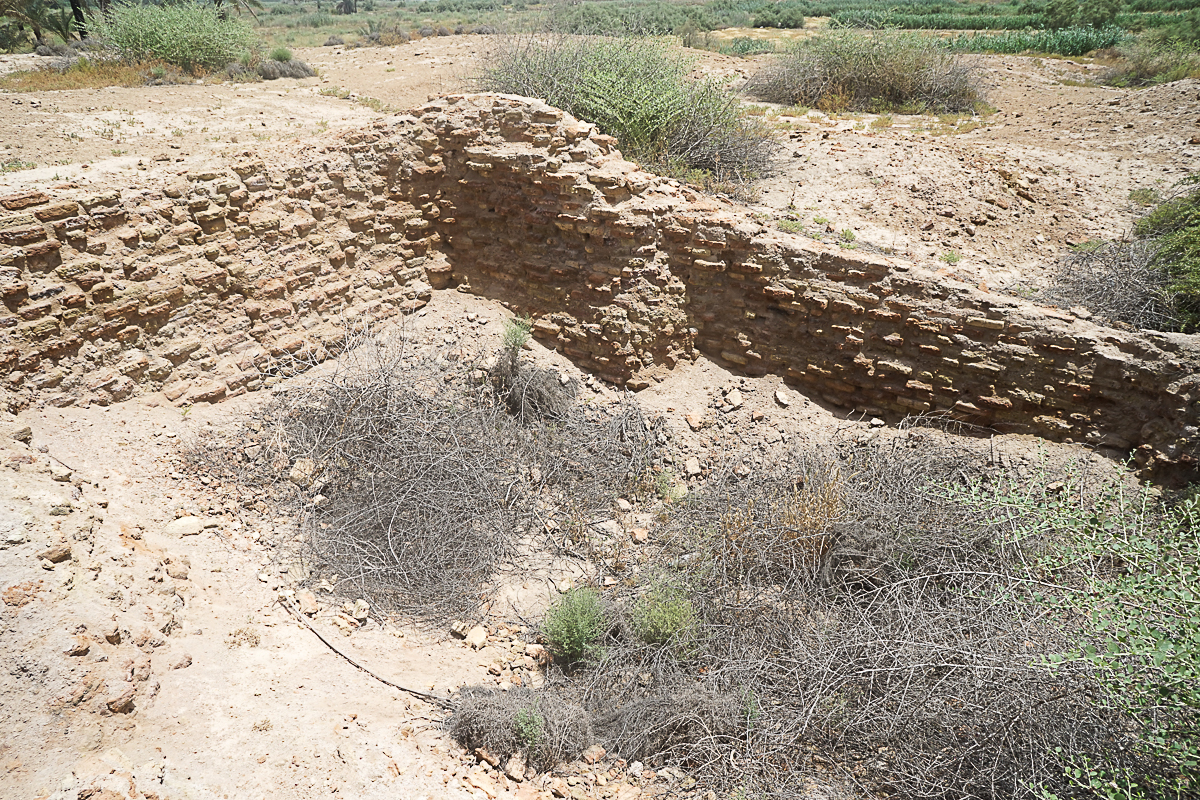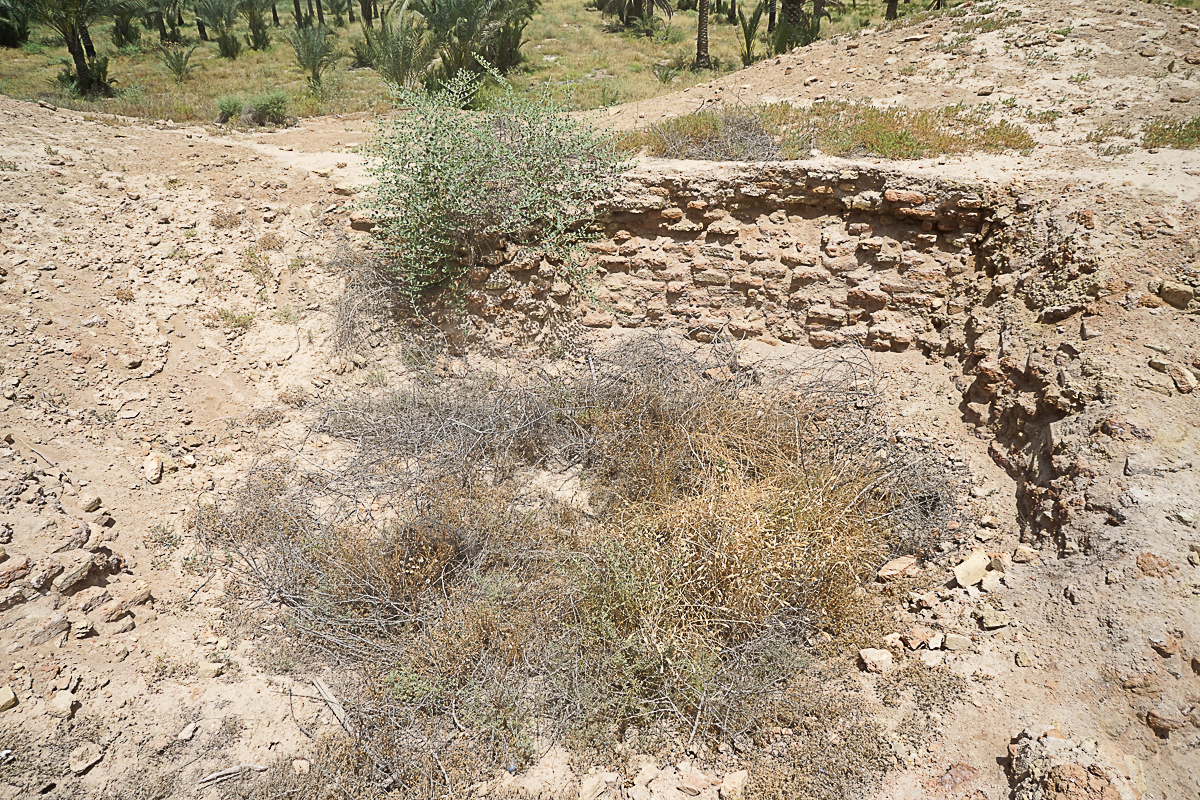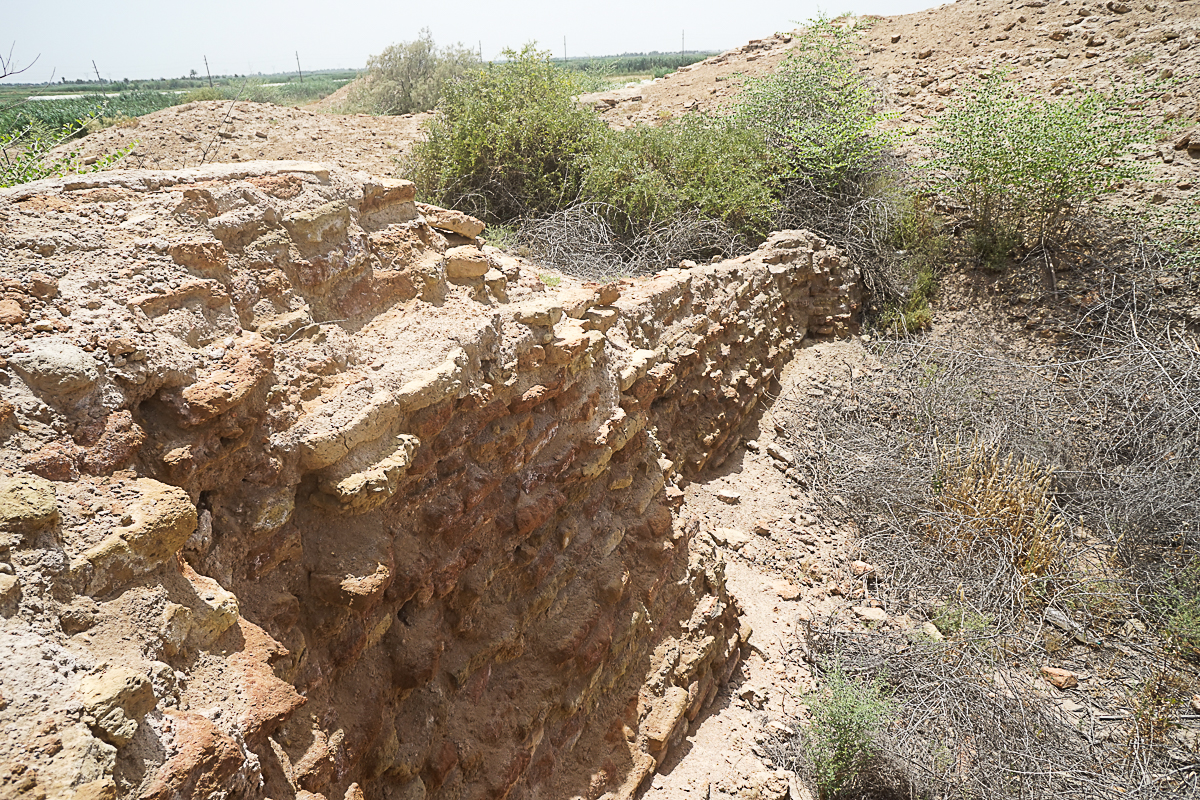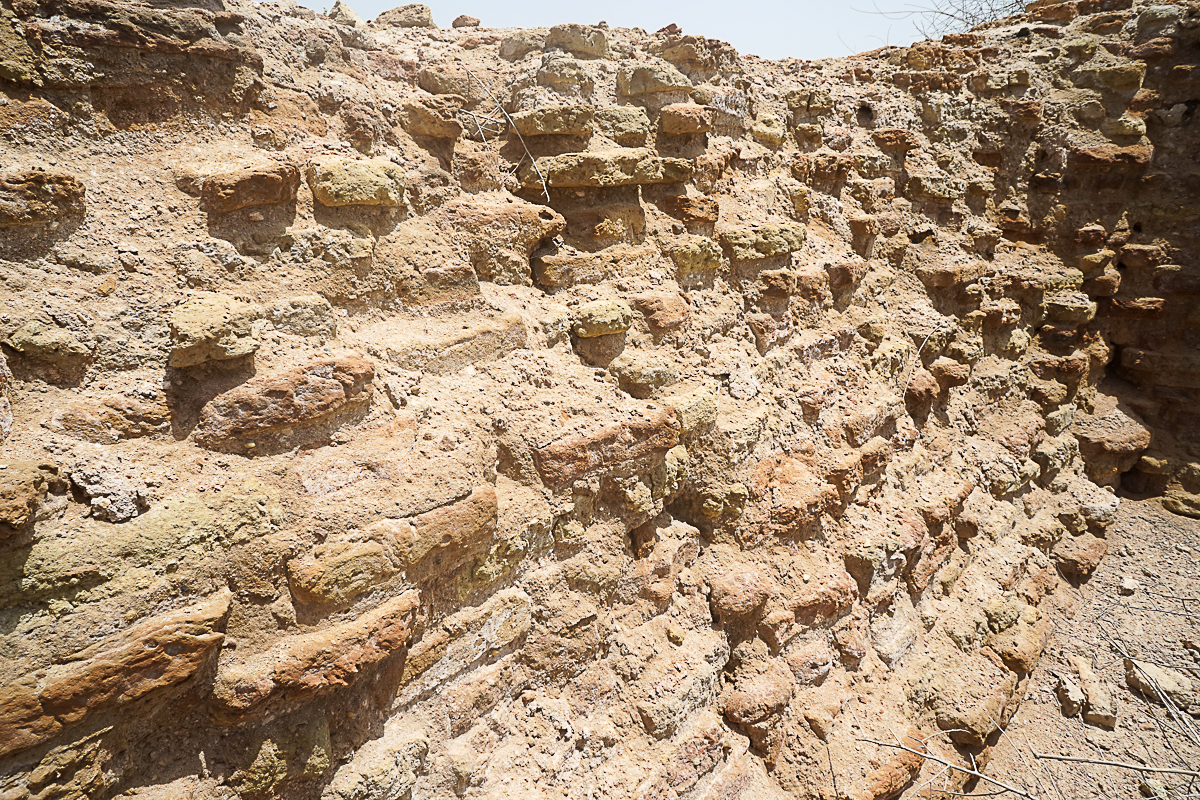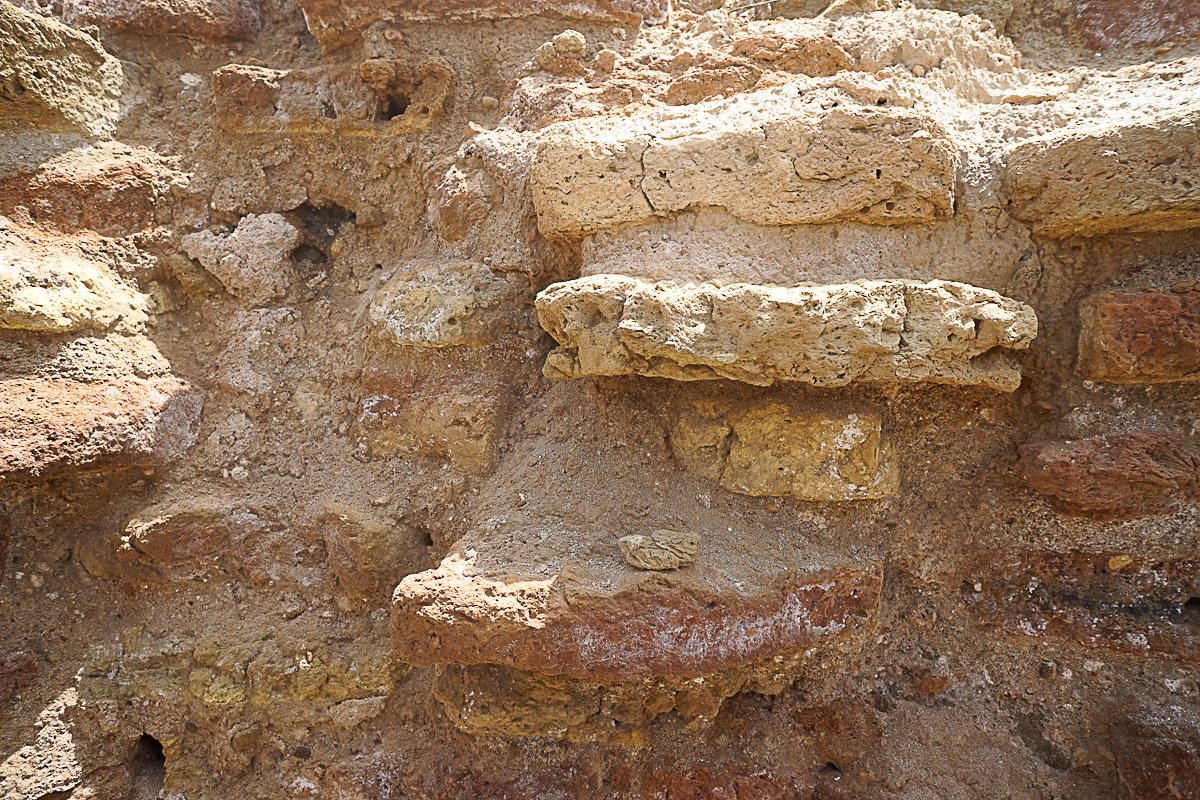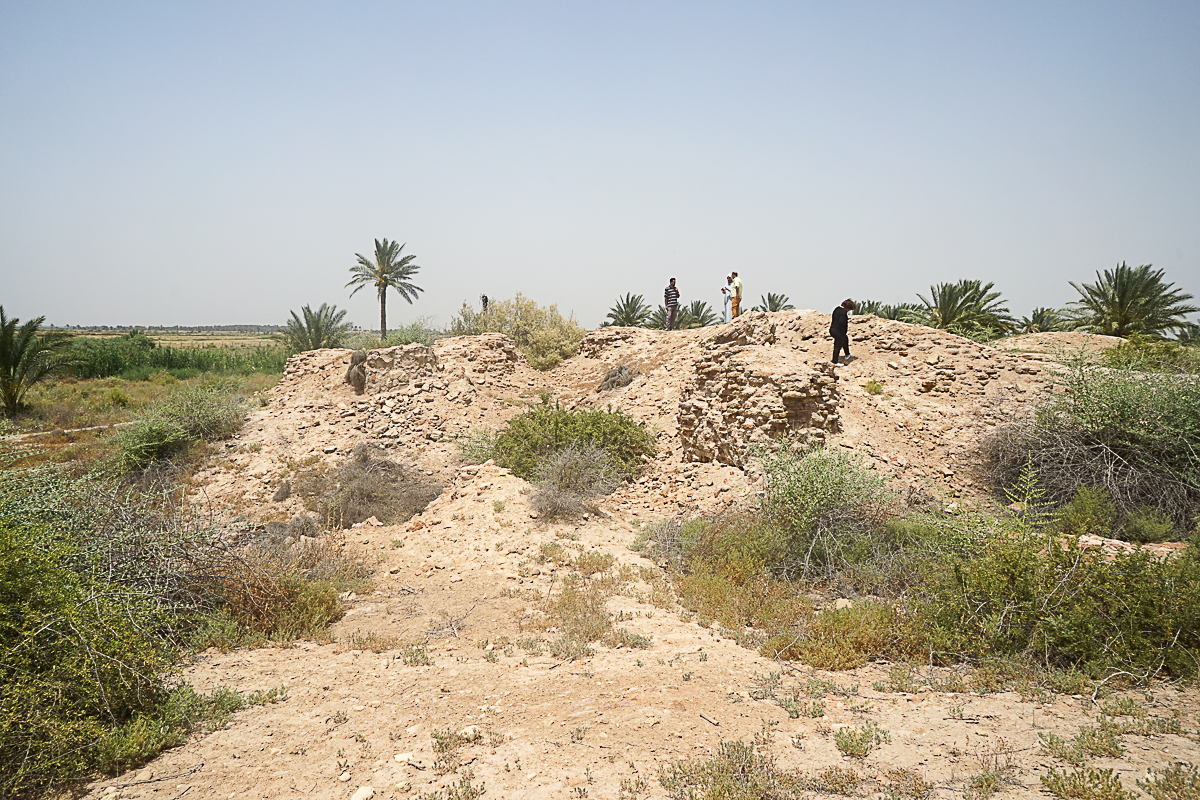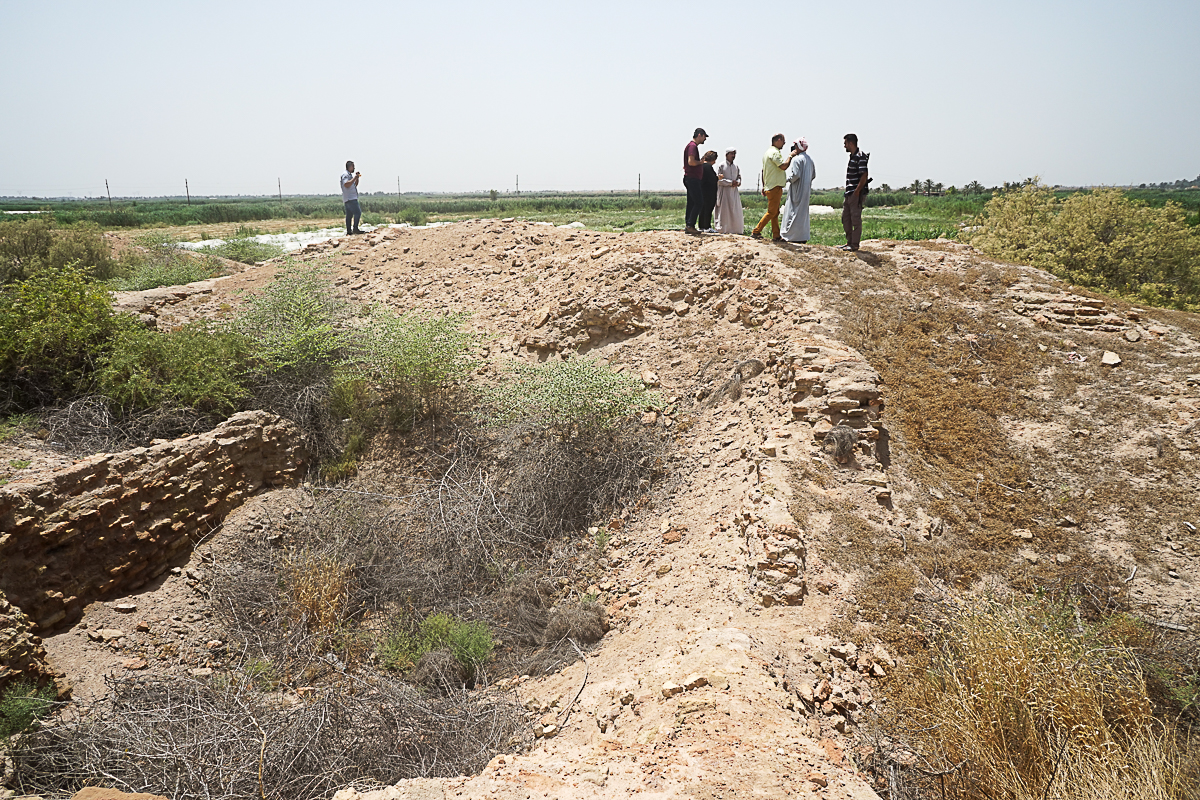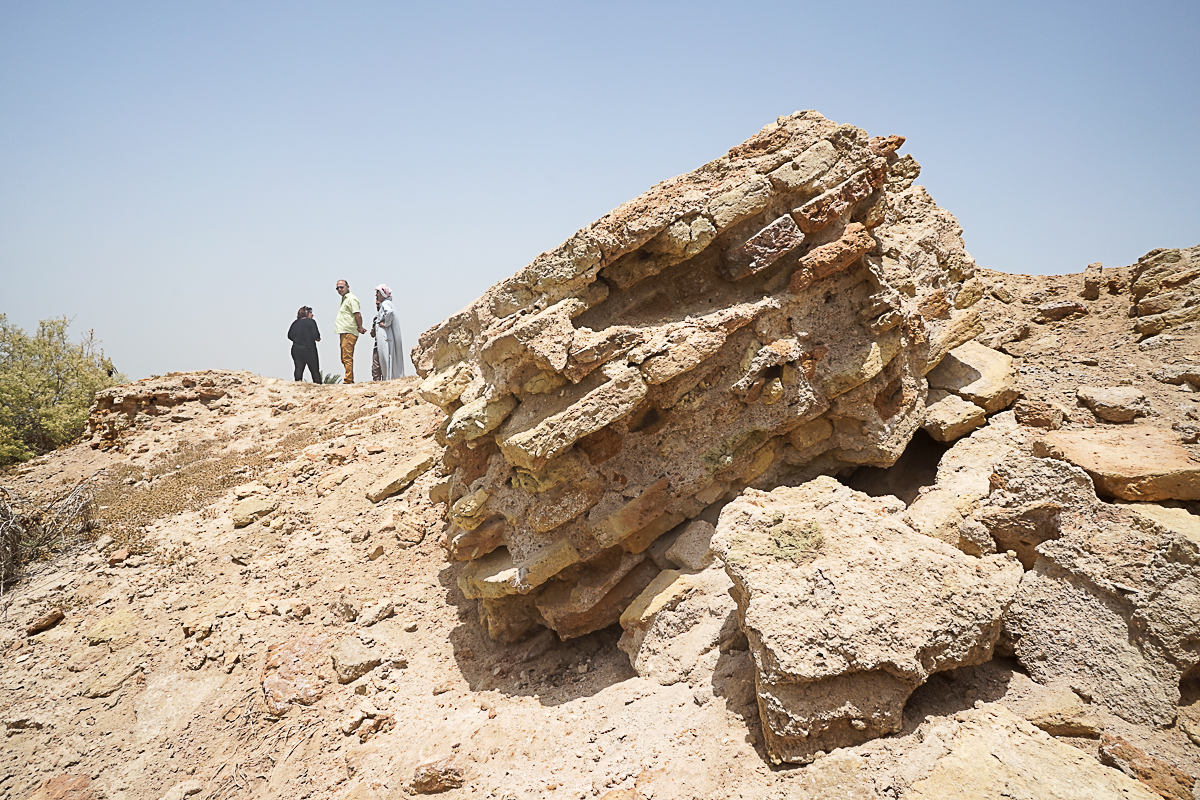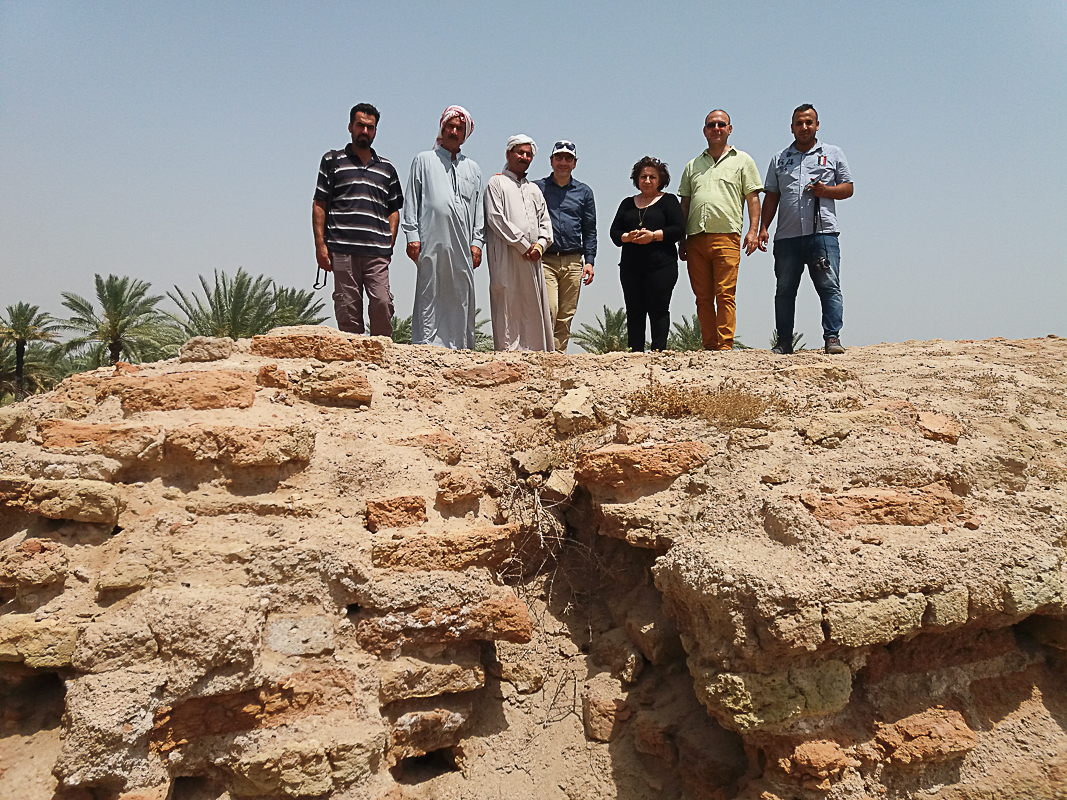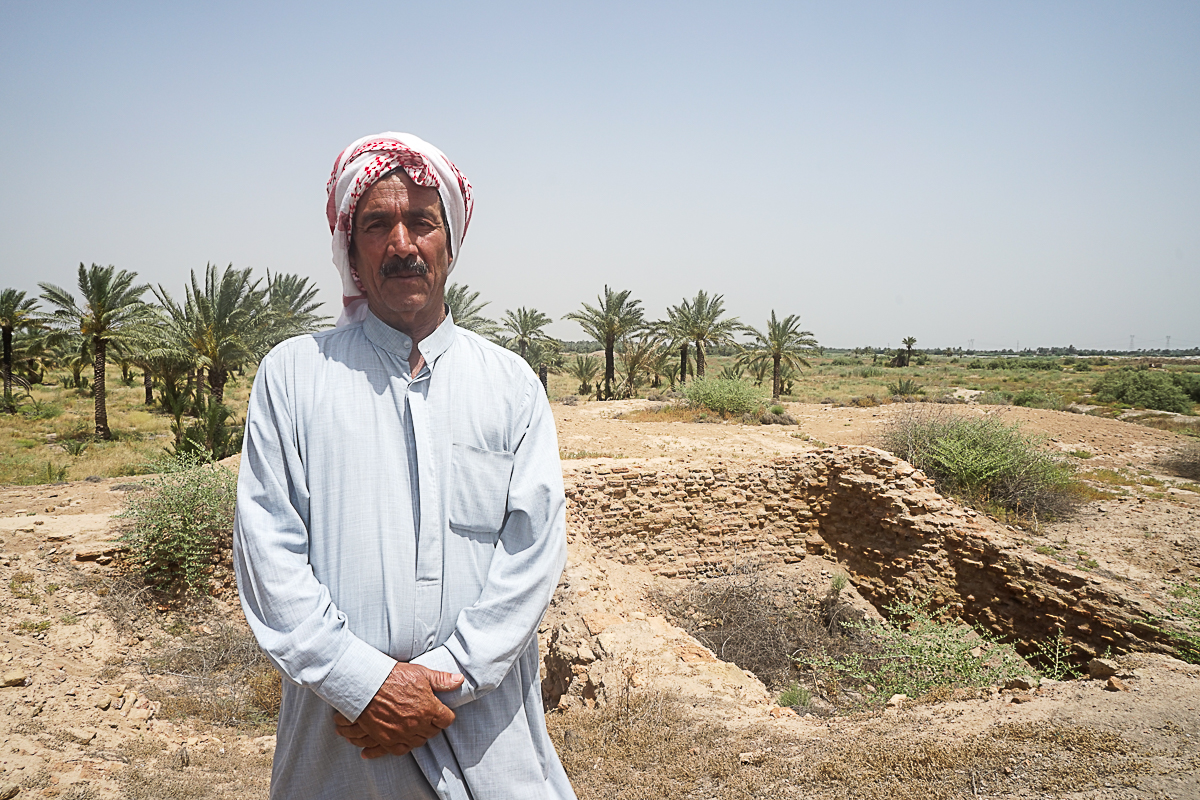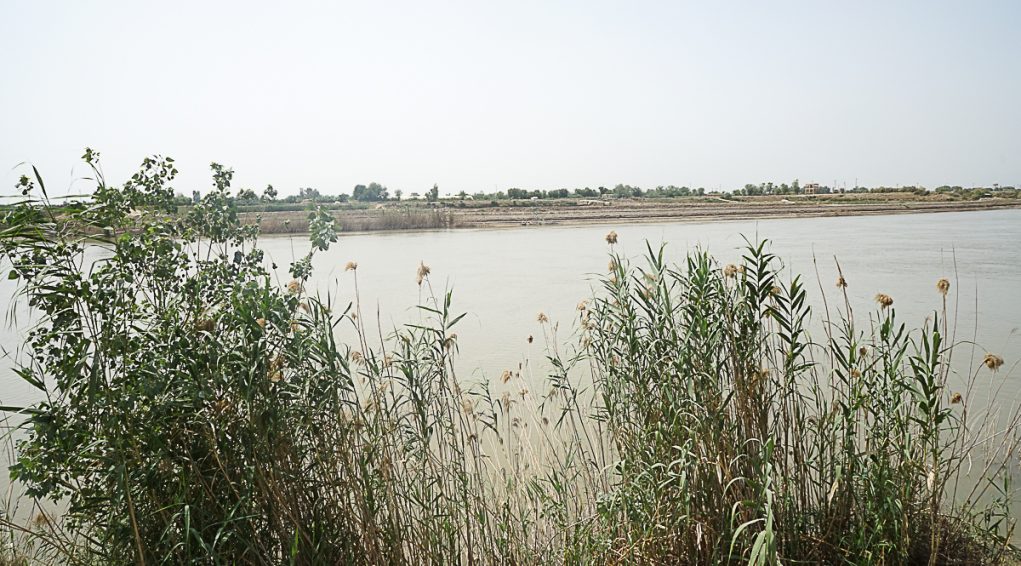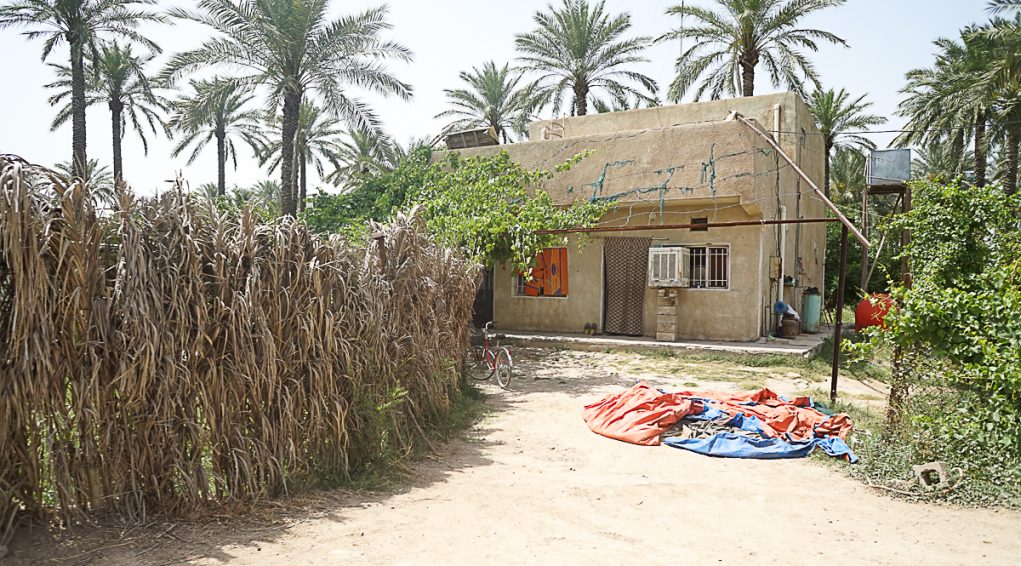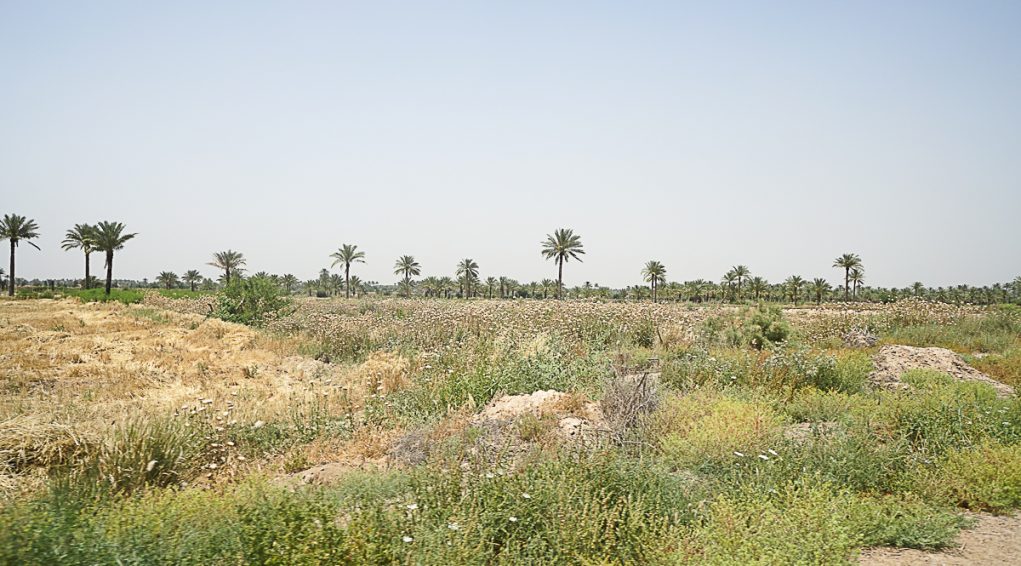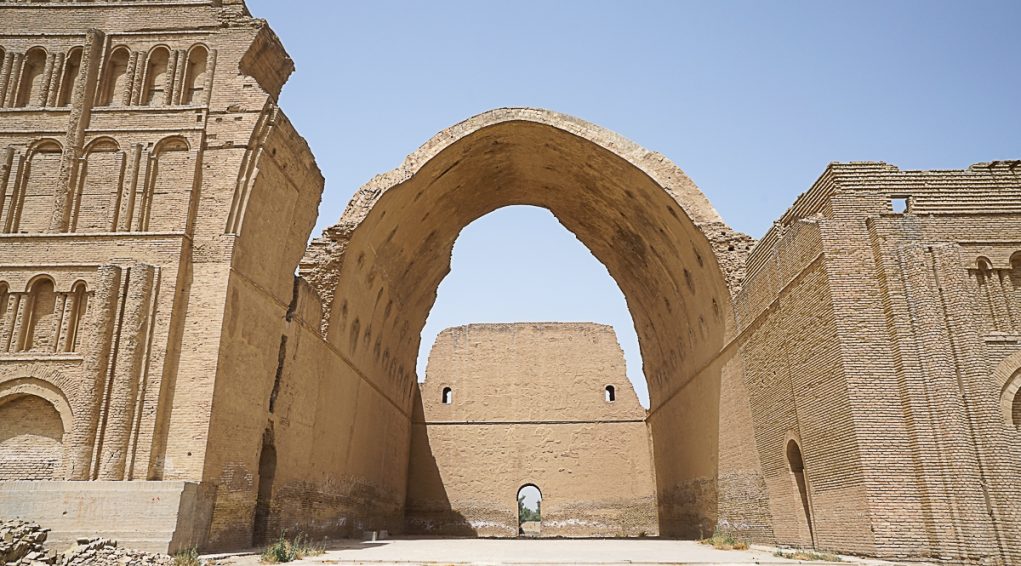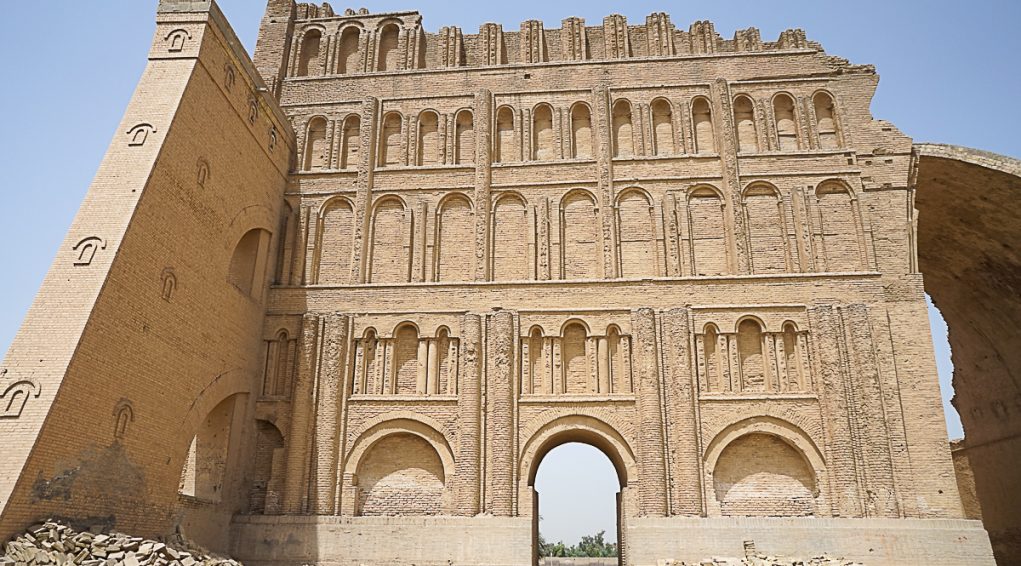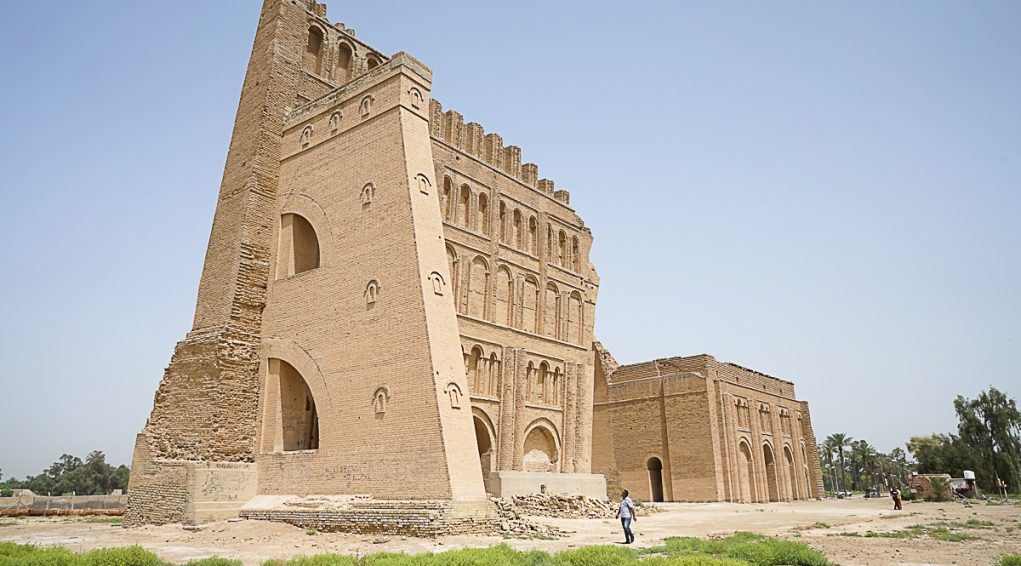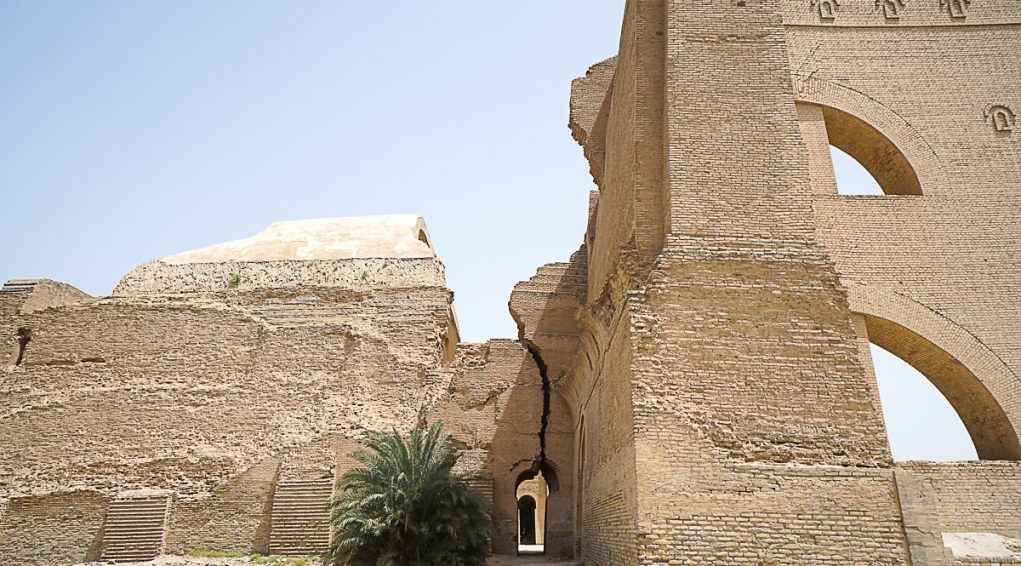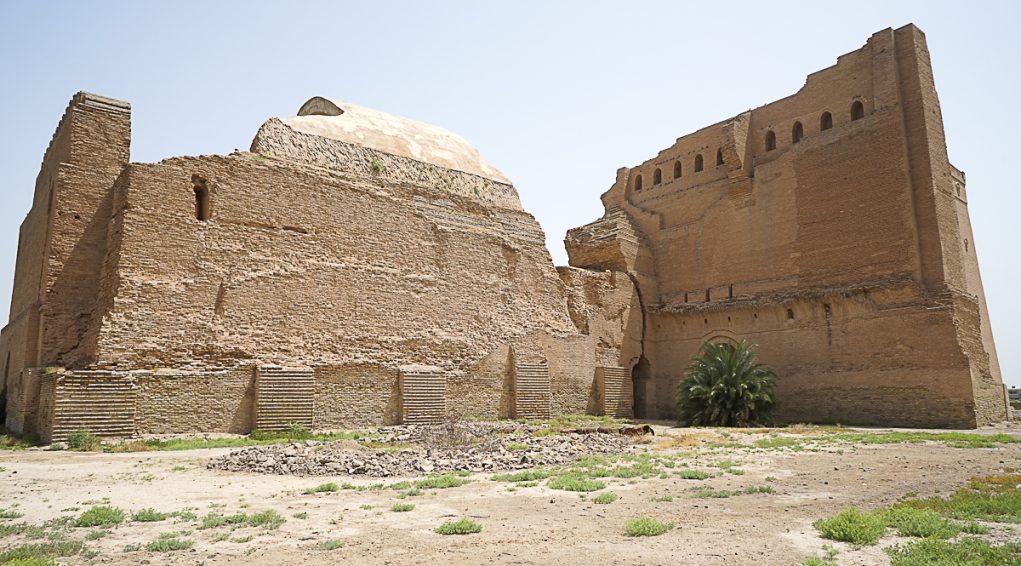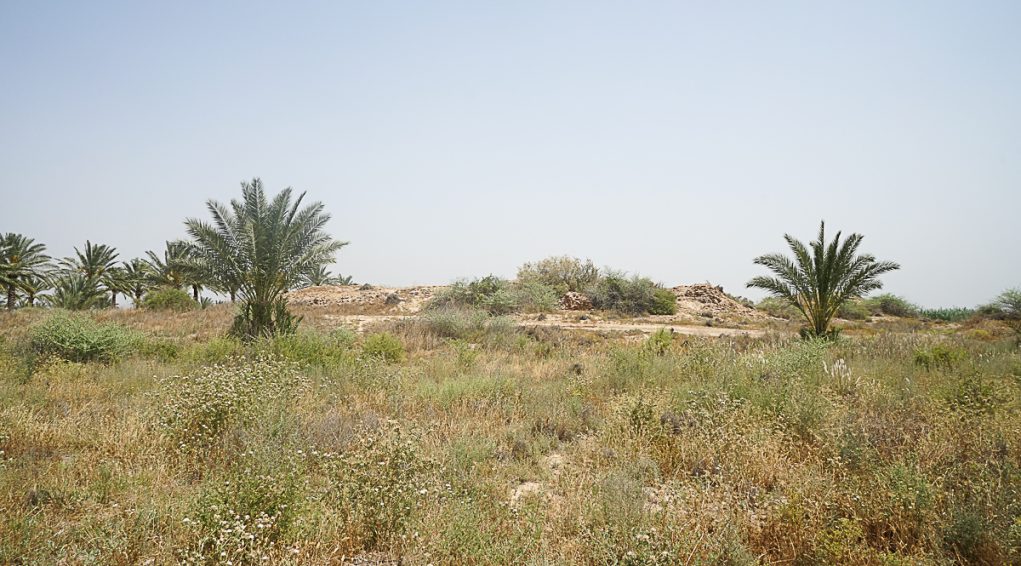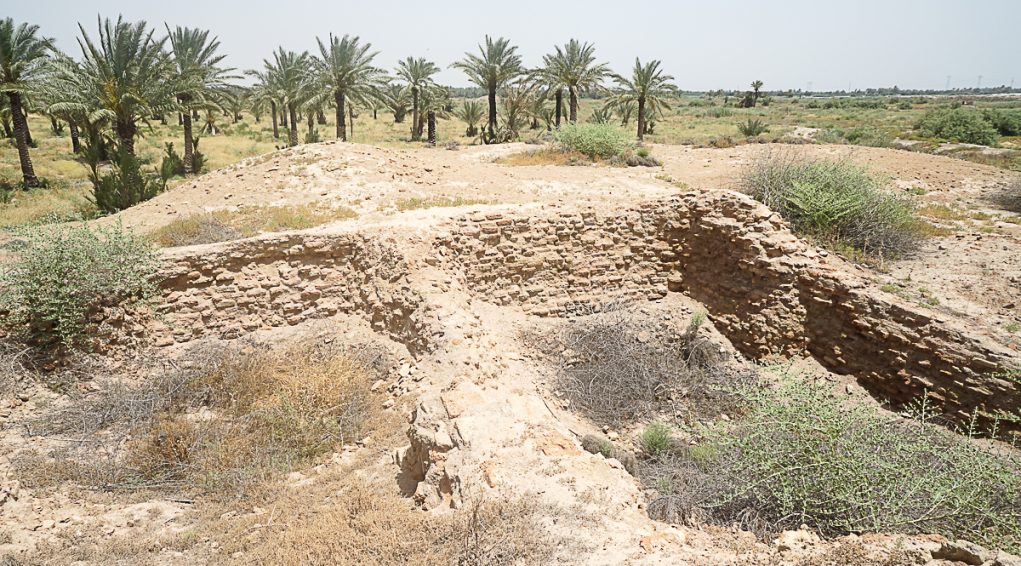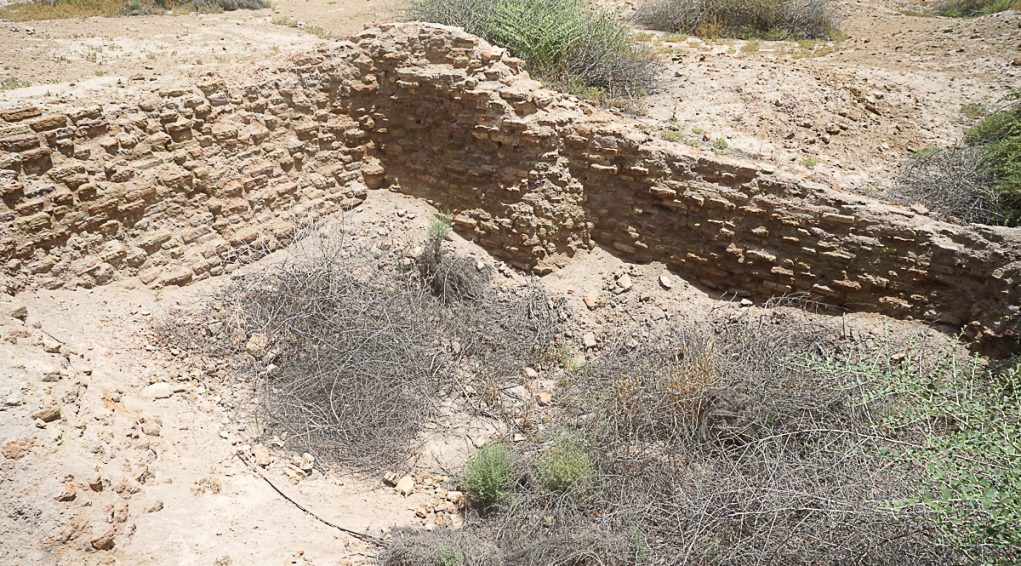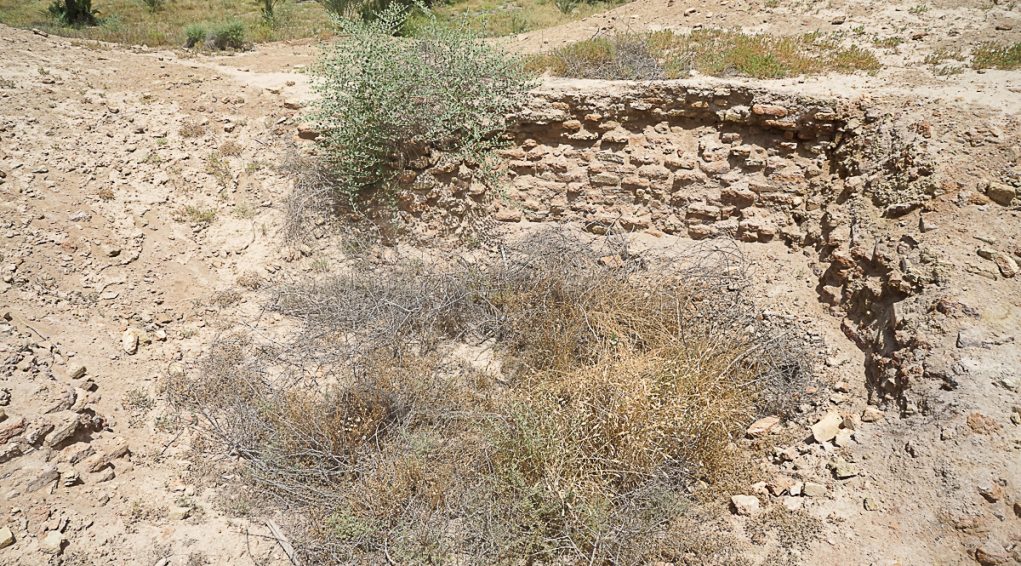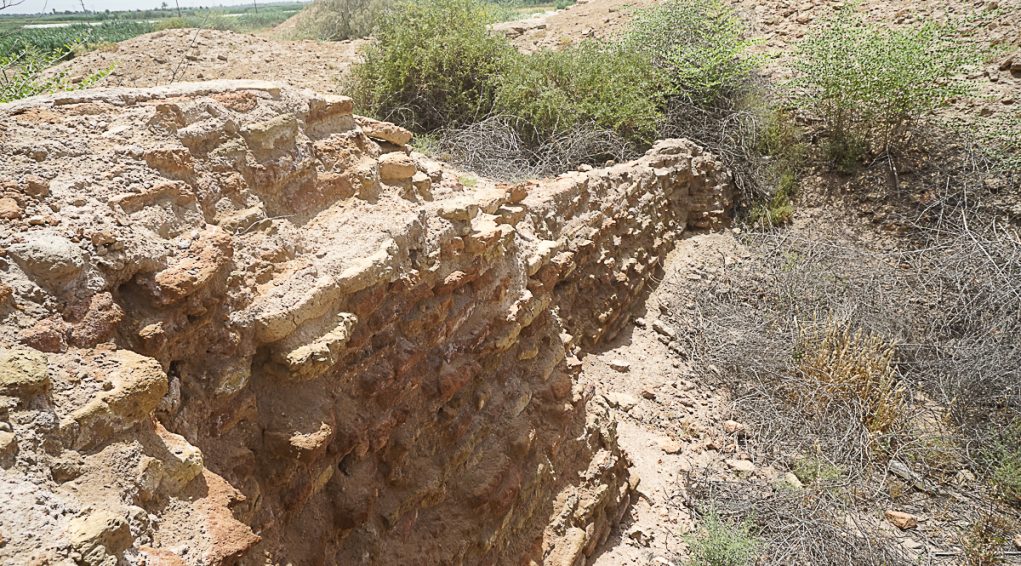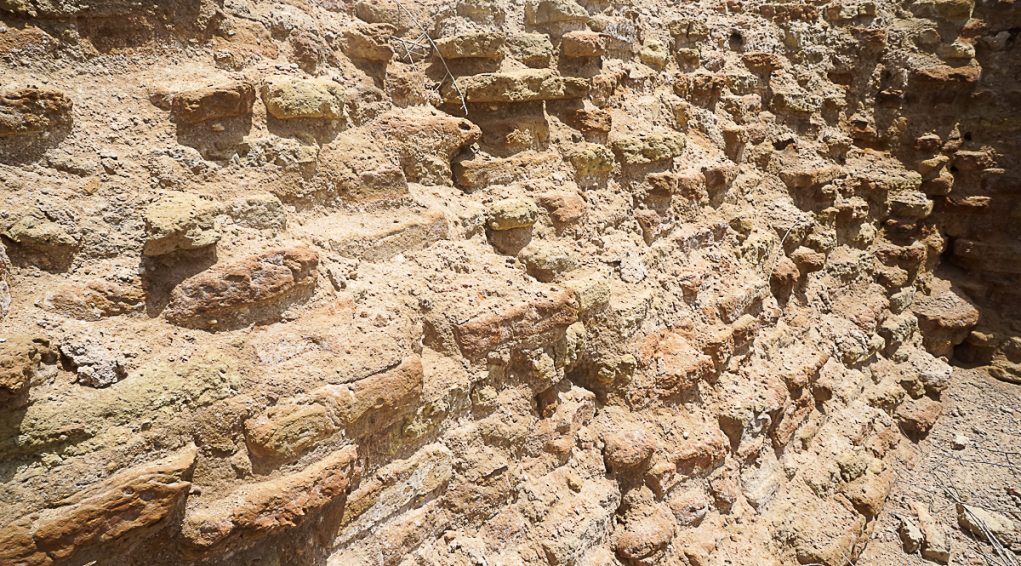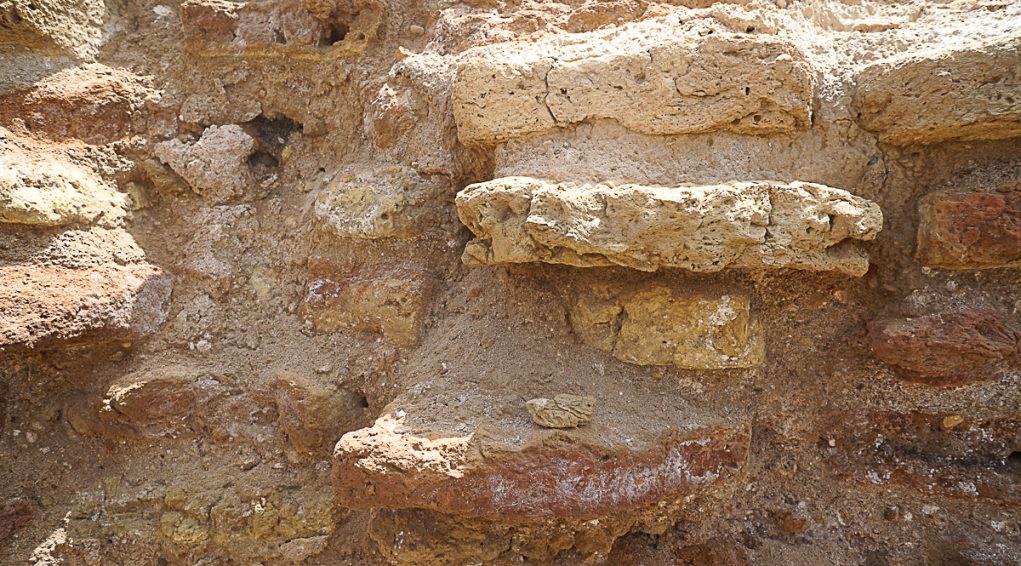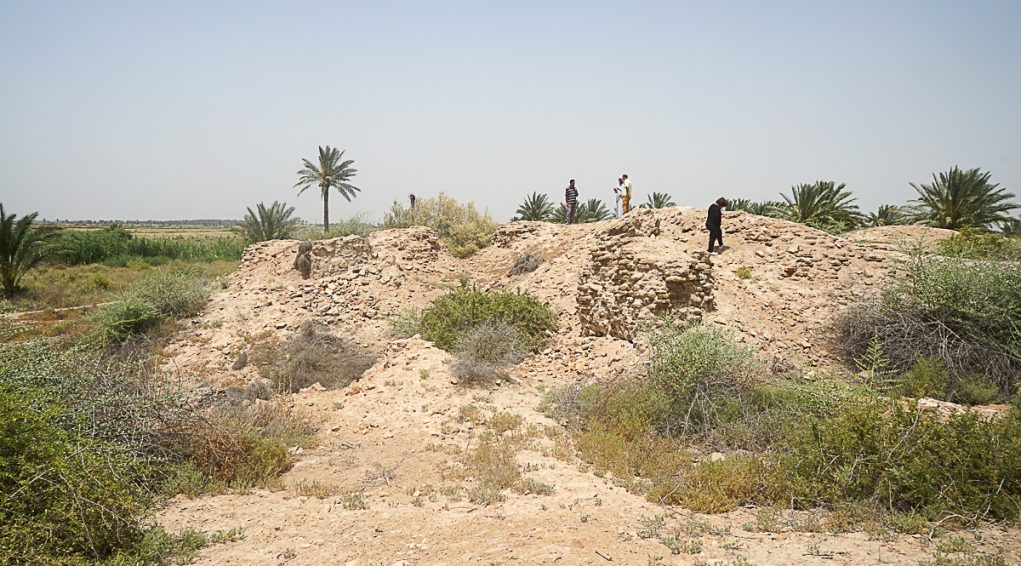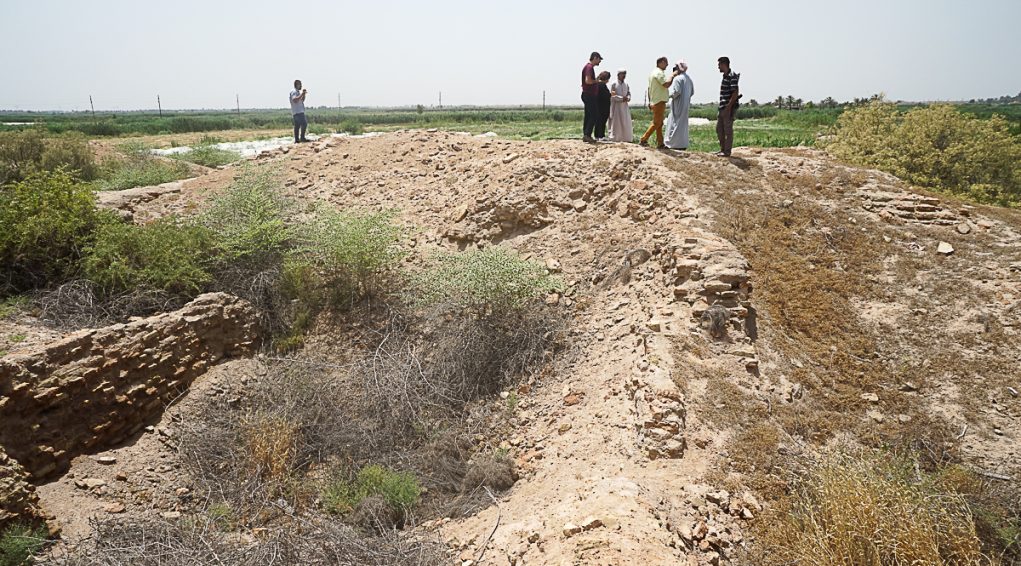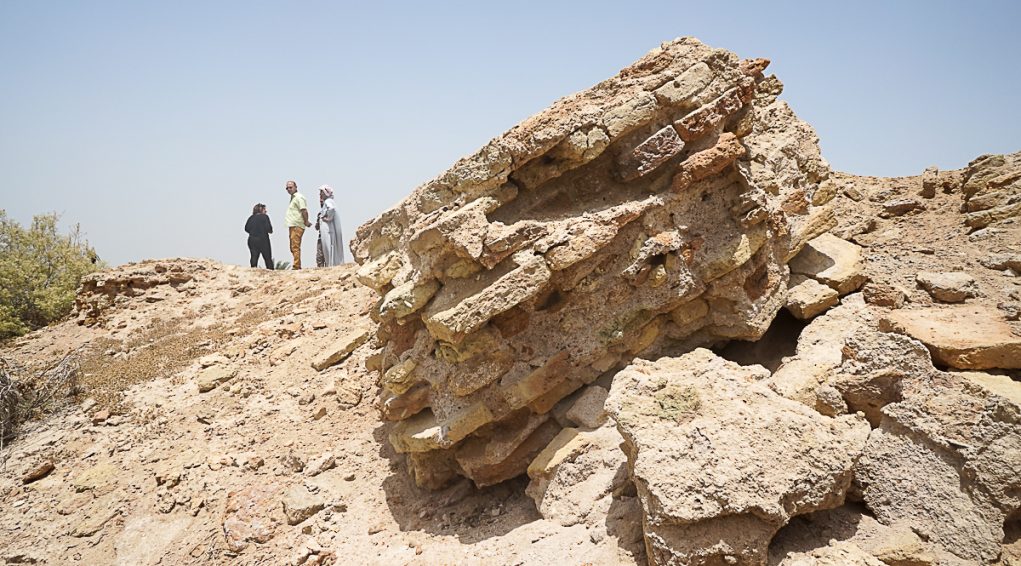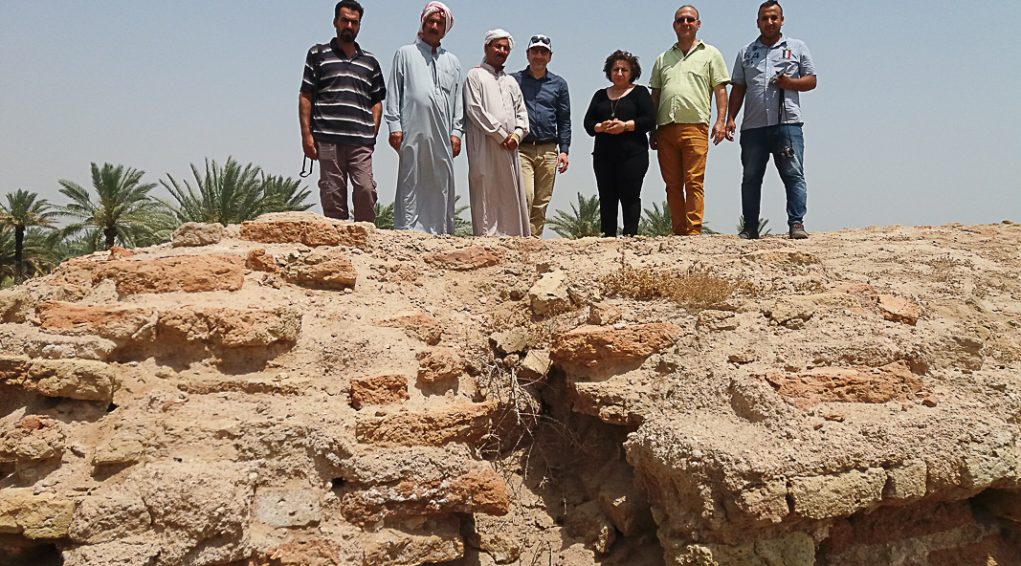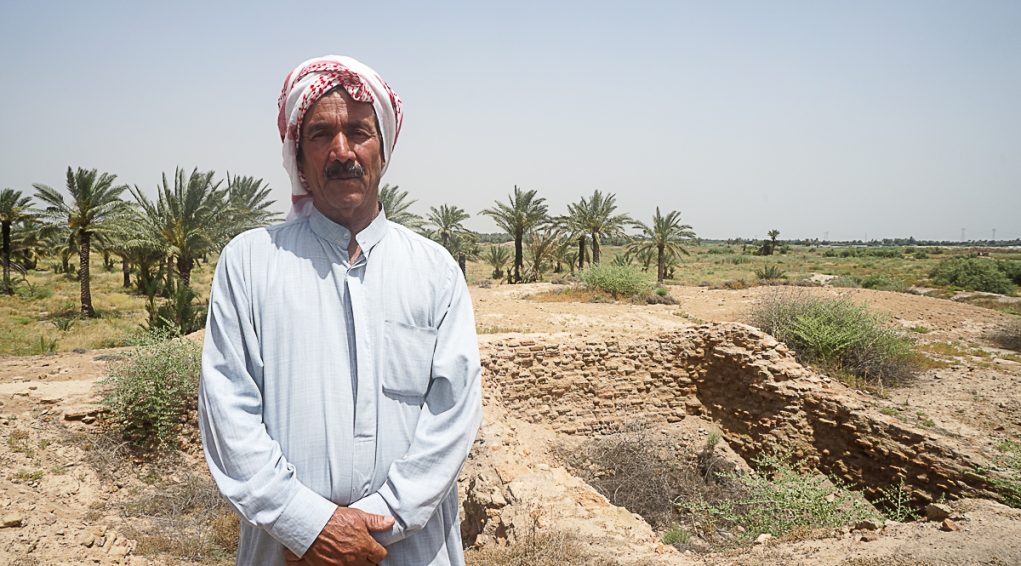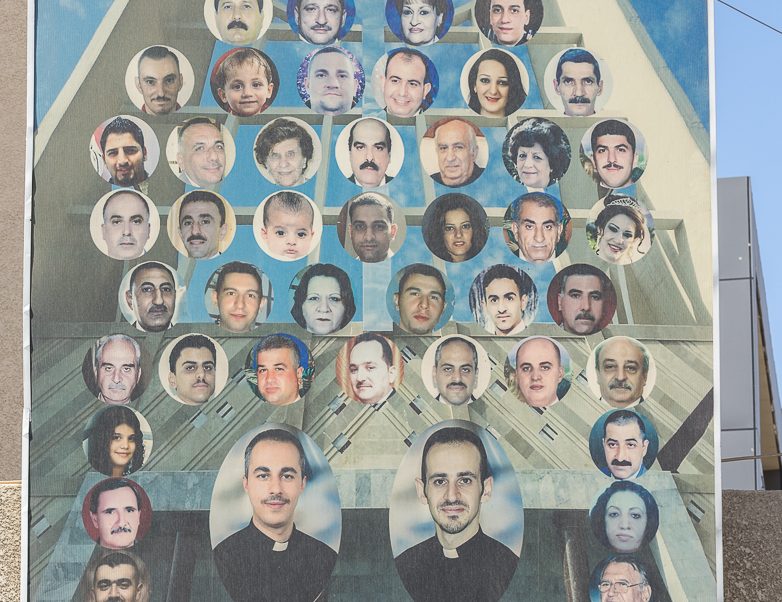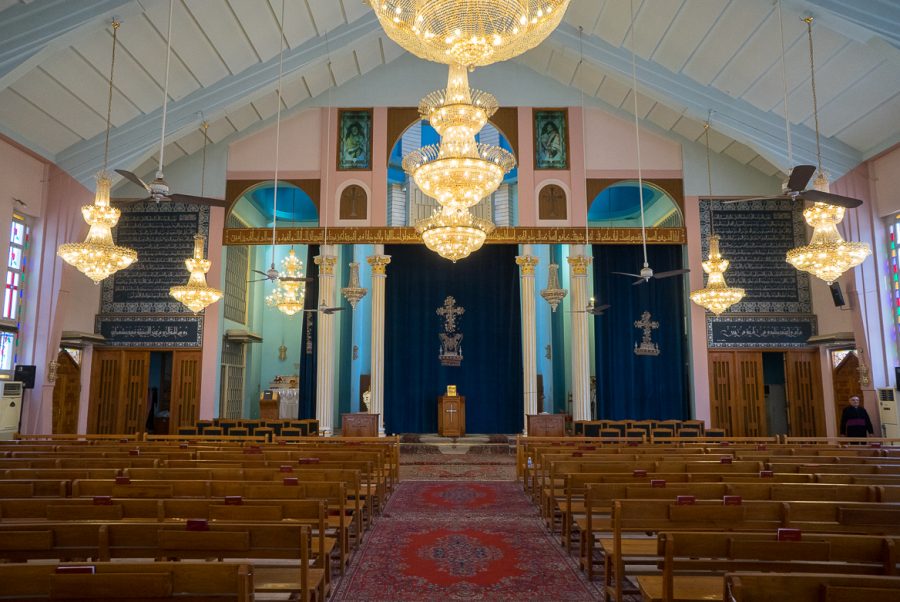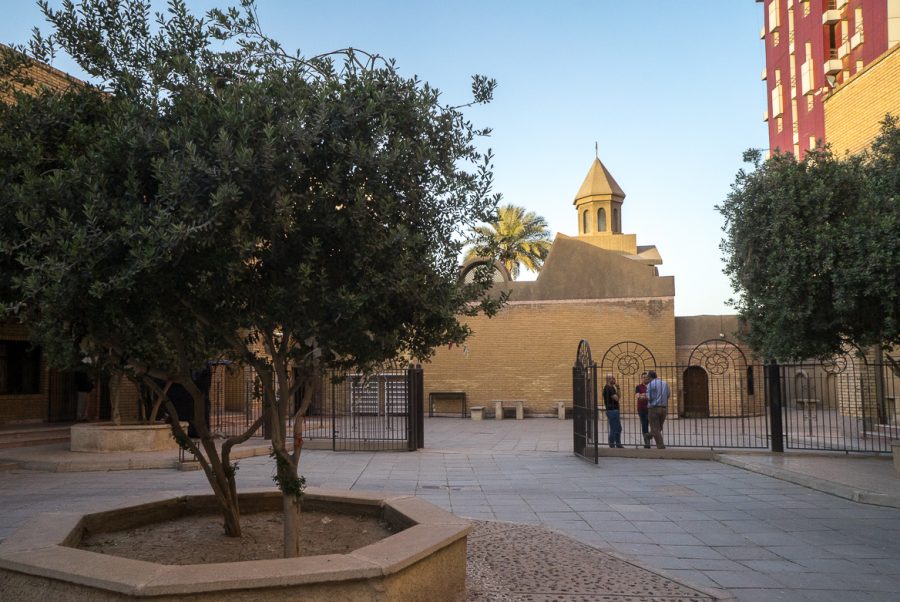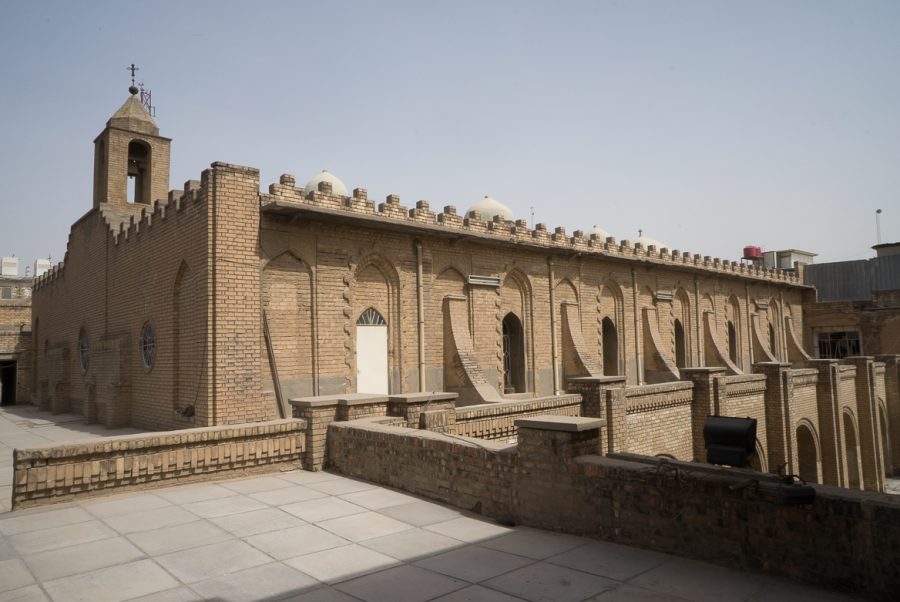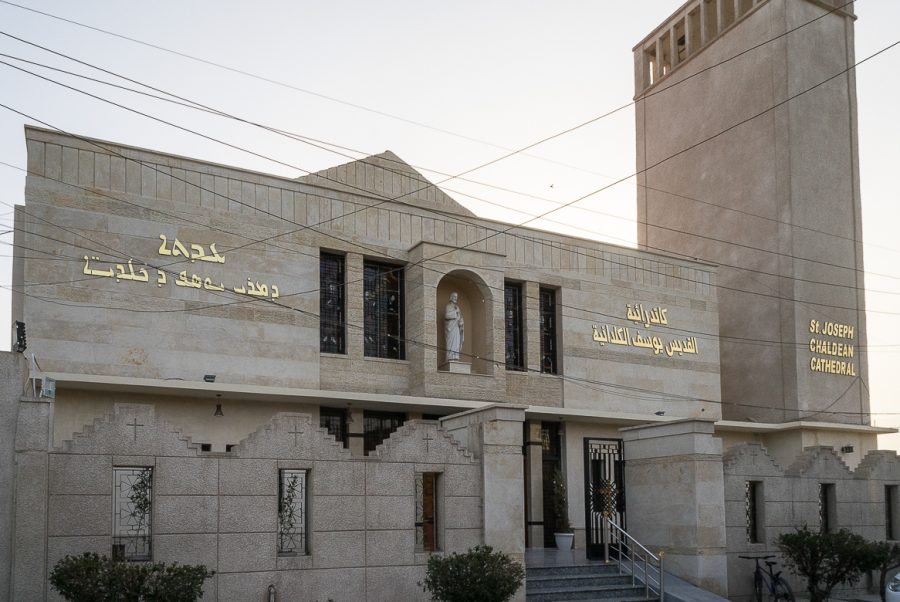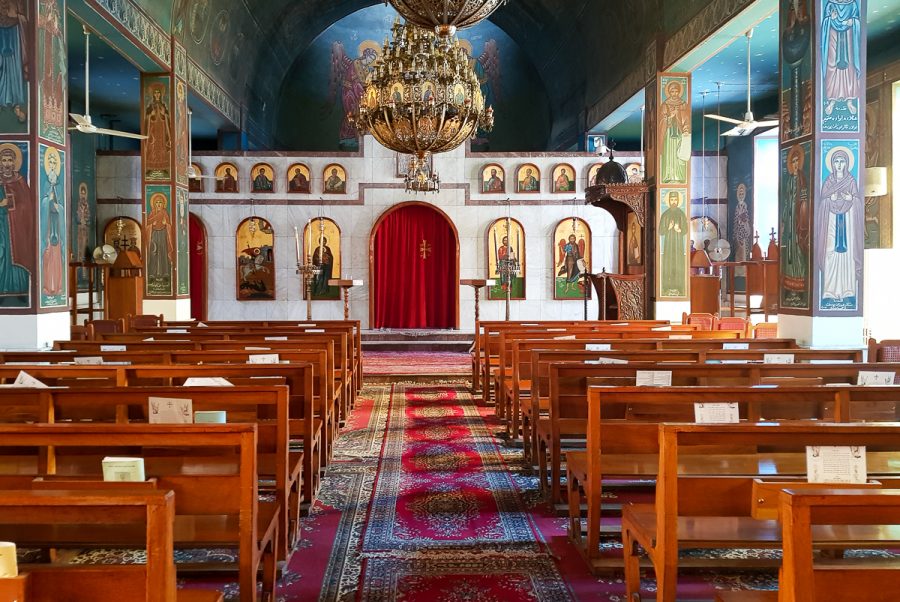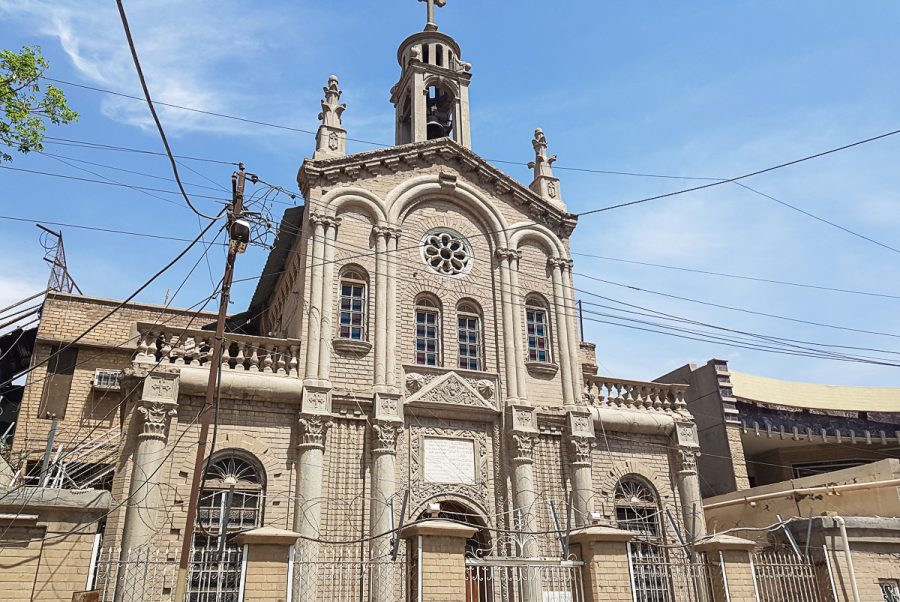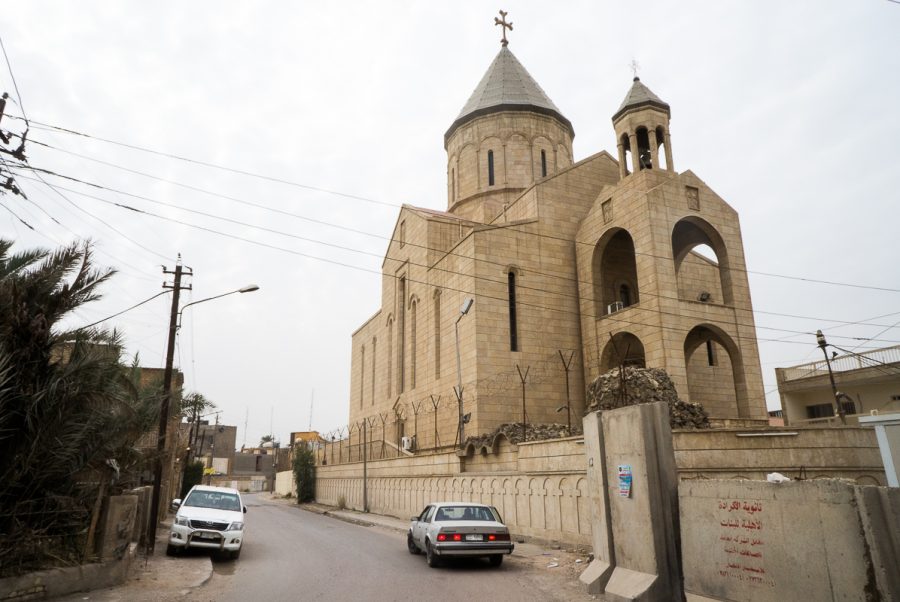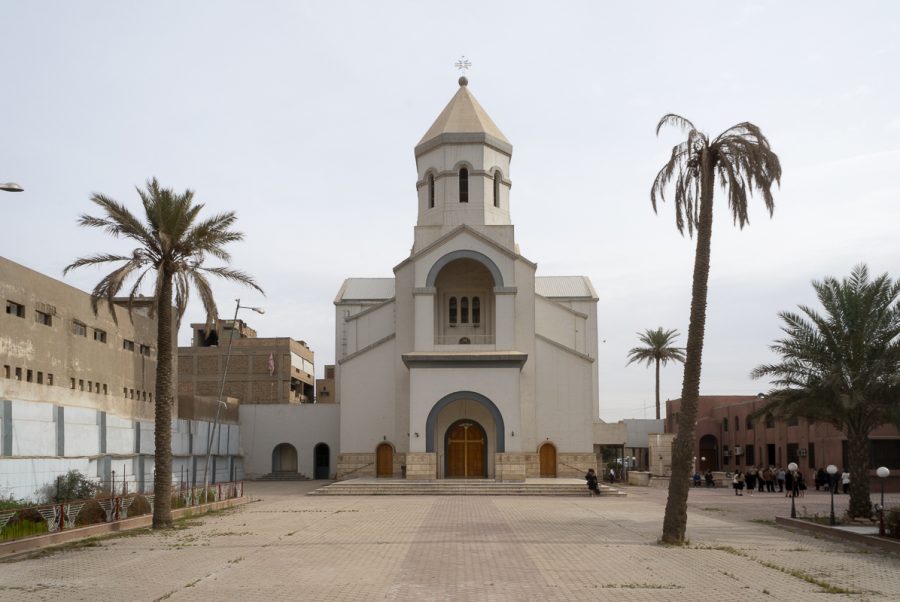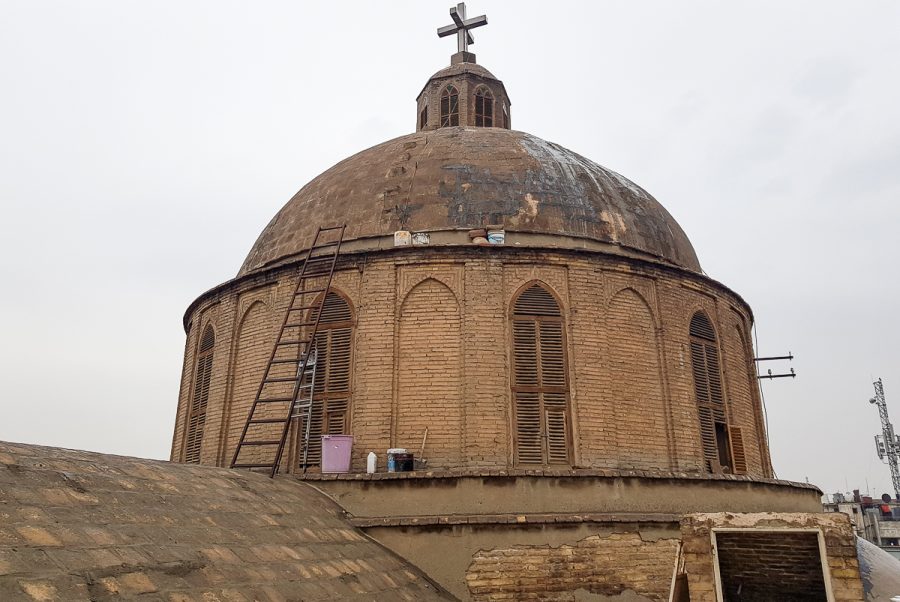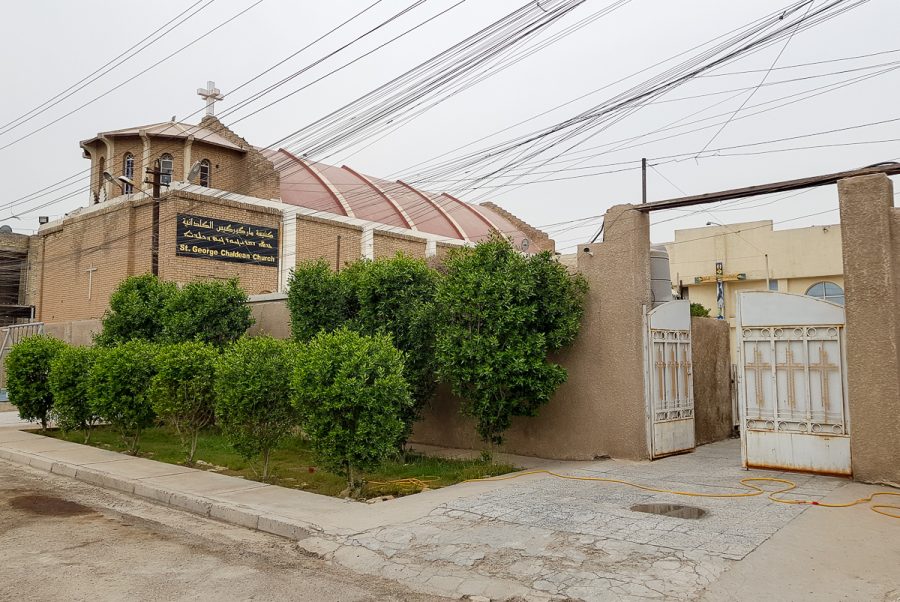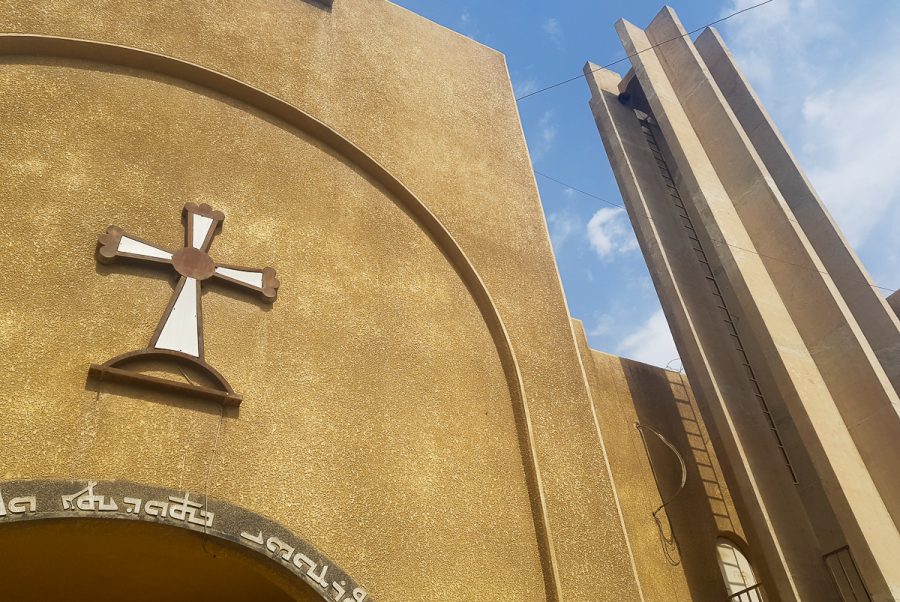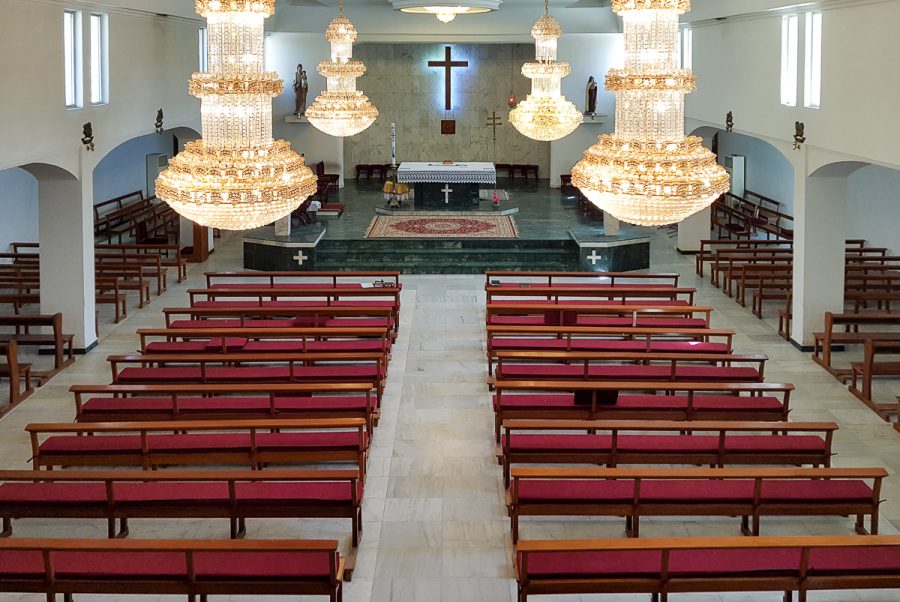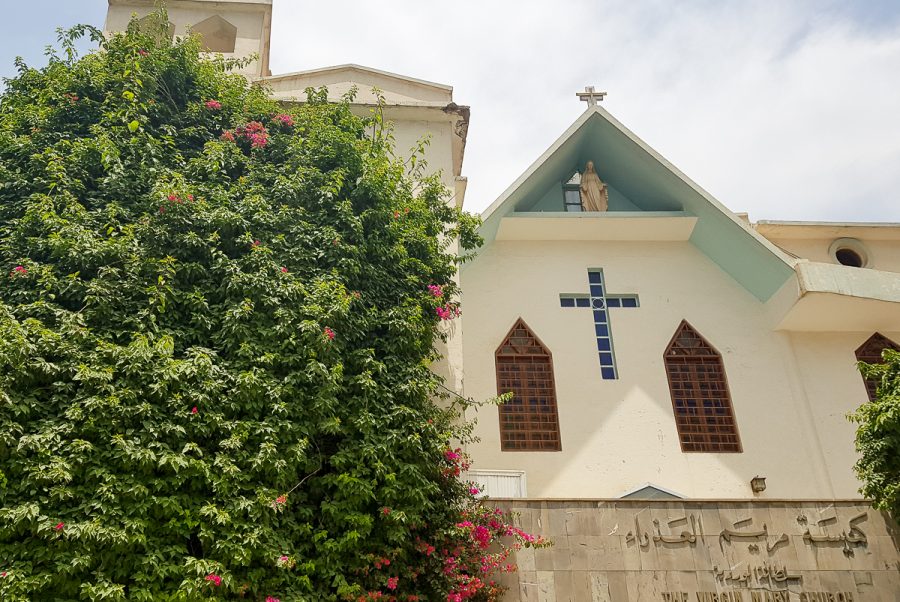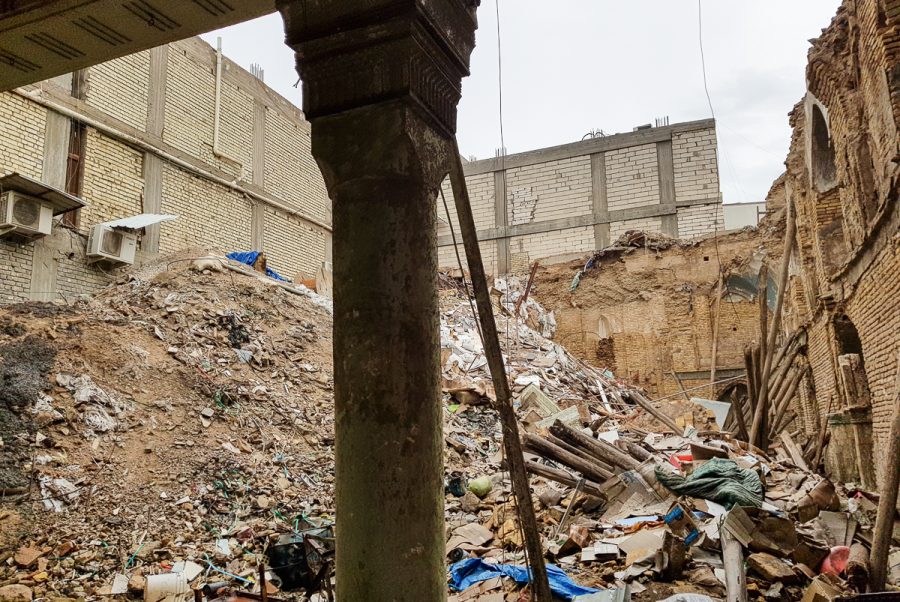The Church in Kokhe
Situated 32 kilometres to the south of Baghdad, the ruins of the church in Kokhe stand on the west bank of the Tigris at 33°05’56.9″N 44°33’07.1″E.
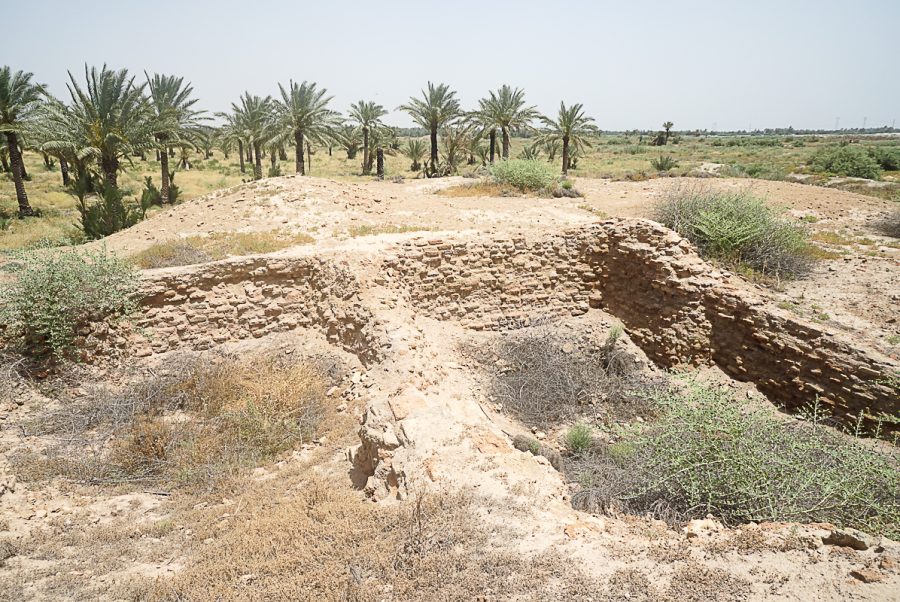
Kokhe the Syriac replaced the ancient Greek city of Seleucia, founded by Seleucus I Nicator, a companion of Alexander the Great. At the crossroads of Hellenistic and Persian influences, the emergence and development of Christianity in the Syriac language in Kokhe constituted a major cultural shift at the time.
The patriarchal seat of the Church of the East, Kokhe, where the Catholicos resided from 310 to 780 AD, was also the starting point for numerous missions to evangelise Persia, India and China, many centuries before the Catholic and Protestant missions to the East.
In the 21st century, Kokhe is still an important spiritual site where visitors will find the ruins of a building and around twenty graves of past Catholicos.
| Pic: Ruins of the church of Kokhe. May 2019 © Pascal Maguesyan / MESOPOTAMIA |
Location
Situated 32 km to the south of Baghdad, the ruins of the church of Kokhe stand on the west bank of the Tigris at 33°05’56.9″N 44°33’07.1″E. Today, the site is part of the al-Madain district located on the east bank.
The origins of Kokhe
Kokhe the Syriac replaced the ancient Greek city of Seleucia, founded by Seleucus I Nicator, a companion of Alexander the Great. After its decline, Seleucia became Kokhe (the new Seleucia) before coming under the control of Ardashir I, founder of the Persian-Sassanian dynasty in the first half of the 3rd century. Kokhe was then re-baptised Veh-Ardashir.
At the crossroads of Hellenistic and Persian influences, the emergence and development of Christianity in the Syriac language in Kokhe constituted a major cultural shift at the time.
The subsequent arabisation of the region saw its name change once again to Behrasir.
History of evangelism
Kokhe is now located on the same bank of the Tigris as Seleucia, whereas ancient Ctesiphon is located on the east bank. This change of location occurred in 116 when the bed of the Tigris shifted. Kokhe was previously located on the east bank, on the same side as Ctesiphon.[1]
An ancient text[2] recounts that the disciple Mari came to Kokhe, the suburb located on the same bank as Ctesiphon. This proves that Mari came here before 116 and dates the evanglisation of this region of Mesopotamia to the start of the 2nd century.
This source is confirmed by the tradition which legitimises the apostolic foundation of the Church of the East. This tradition tells us that Saint Thomas, apostle of Christ, came to Seleucia-Ctesiphon when travelling to India. Saint Thomas the apostle is thus known as the evangeliser of Mesopotamia. Founder and first bishop of the Church of the East (officially known as the Holy Apostolic Catholic Assyrian Church of the East) Saint Thomas was also the first holder of the seat of Seleucia-Ctesiphon (Kokhe).
“According to the tradition Edessa played a central role in disseminating the Christian message throughout the East, through the history of three apostolic figures: Addaï, Mari and Thomas[3].” Indeed, following in the steps of Saint Thomas, many disciples from Edessa, worshippers from the primitive jurisdiction of the church of Antioch, came to Mesopotamia, and to Seleucia-Ctesiphon (Kokhe) in particular. Thanks to these missionaries a form of Christianity incorporating Syriac culture developed in Mesopotamia.
“A 4th century account written in Syriac, known both through the Greek historian Eusebius of Caesarea (260 – 340) and a Syriac version from the 4th century, recounts how King Abgar V (13 – 50) on learning of the existence of an exceptional man in Palestine who was preaching and healing the sick, summoned him to his court and offered to share his kingdom with him. Jesus declined his invitation, but wrote back to him promising to send one of his disciples after his resurrection. It was Addai, one of the seventy-two disciples, who was sent to Edessa after the ascension. He was a descended of a Jew, Tobit, and was received at the court where he converted the king and his nobles. He baptised, built churches and organised the community of Edessa and its clergy.
Subsequently, Mari, another disciple of Christ, went out from Edessa to Nisibe and from thereon followed the Tigris valley to the Persian Gulf. Everywhere he preached, converted, baptised, founded communities and built churches. Notably, he founded Kokhe, close to Seleucia-Ctesiphon, which became the patriarchal seat and heart of the Church of the East.” [4] This clearly states the symbolic and heritage value of the church in Kokhe.[5]
The patriarchal seat of the Church of the East, Kokhe, where the Catholicos resided from 310 to 780 AD, was also the starting point for numerous missions to evangelise Persia, India and China, many centuries before the Catholic and Protestant missions to the East. In the year 780, the patriarchal seat of Kokhe was transferred to Baghdad. The church in Kokhe remained the place where the Catholicos were consecrated.
In the 21st century, Kokhe remains an important spiritual site where visitors can find the ruins of a building and around twenty graves of past Catholicos.
_______
[1] Source Jean-Maurice Fiey, quoted by Raymond le Coz, in “Histoire de l’Eglise de l’Orient”, Le Cerf, September 1995, p.21
[2] Source Jean-Maurice Fiey, quoted by Raymond le Coz, in “Histoire de l’Eglise de l’Orient”, Le Cerf, September 1995, p.21
[3] Françoise Briquel Chatonnet, in “Chrétiens d’Orient, 2000 ans d’histoire”, Gallimard, Septembre 2017, p.34, Naissance et développement des églises en monde syriaque.
[4] Françoise Briquel Chatonnet, in “Chrétiens d’Orient, 2000 ans d’histoire”, Gallimard, Septembre 2017, p.34, Naissance et développement des églises en monde syriaque.
[5] Raymond le Coz, in “Histoire de l’Église de l’Orient”, Raymond le Coz, Éditions du Cerf, September 1995, p.21
The possible revival of a vital spiritual centre
In recent years the site was inaccessible. Since ISIS was defeated militarily, groups of pilgrims and visitors have returned to Kokhe.
In June 2018, a group of Christians from Baghdad, accompanied by Father Mansour al-Makhlissi (Centre of Eastern Studies, Baghdad) visited the site at the invitation of the local Muslim community, namely Sheikh Saad Thabit al-Jubouri. This event was born out of a project to restore the site which the Iraqi authorities consider to be of vital cultural interest and important to tourism.
For Father Maissasr, the Chaldean church of Saint Georges, close to the Kokhe site is a symbol of harmony between Christians and Muslims after the “the division generated by the violence and atrocities committed by ISIS (…). Renovating this church could constitute a starting point for bringing Muslims and Christians together again.”
Monument's gallery
Monuments
Nearby
Help us preserve the monuments' memory
Family pictures, videos, records, share your documents to make the site live!
I contribute